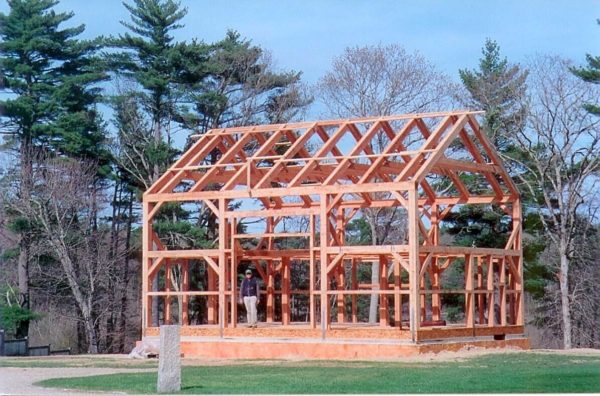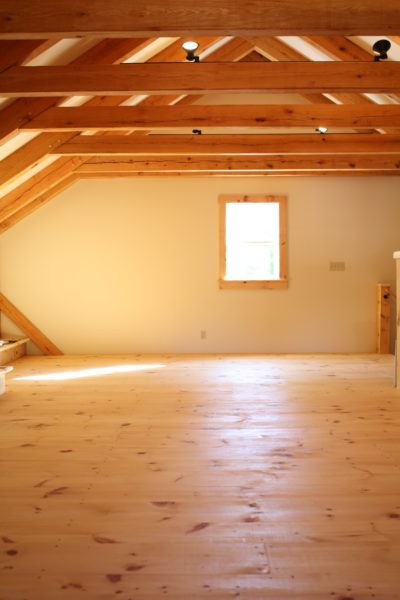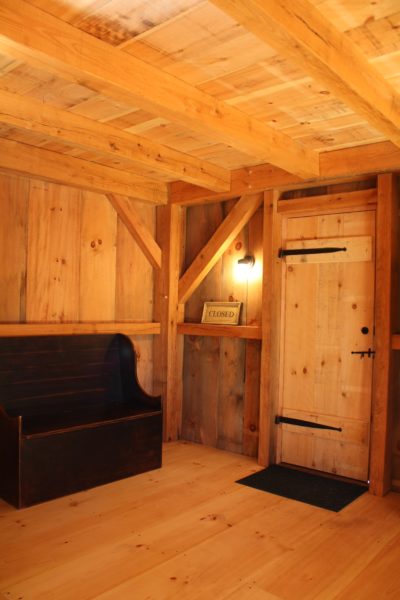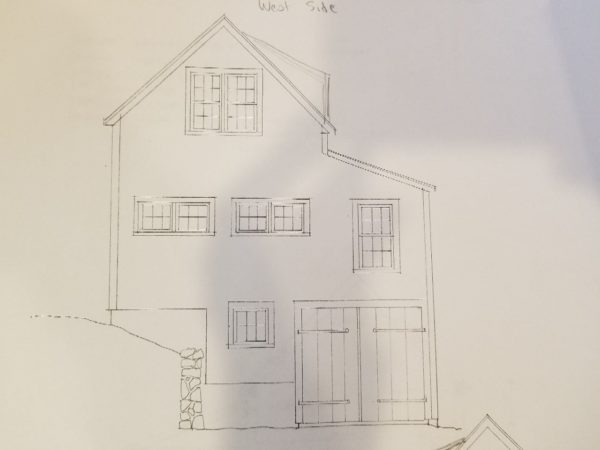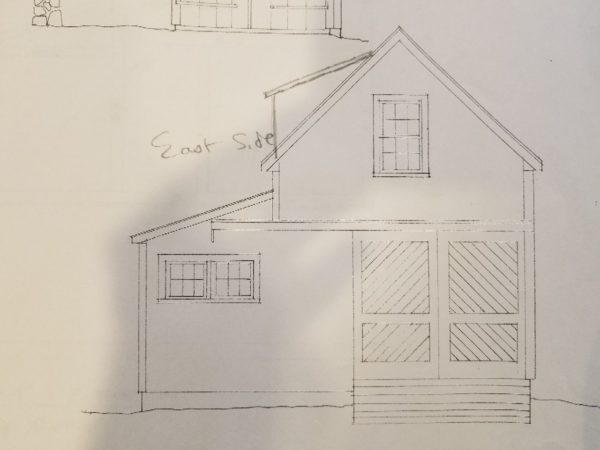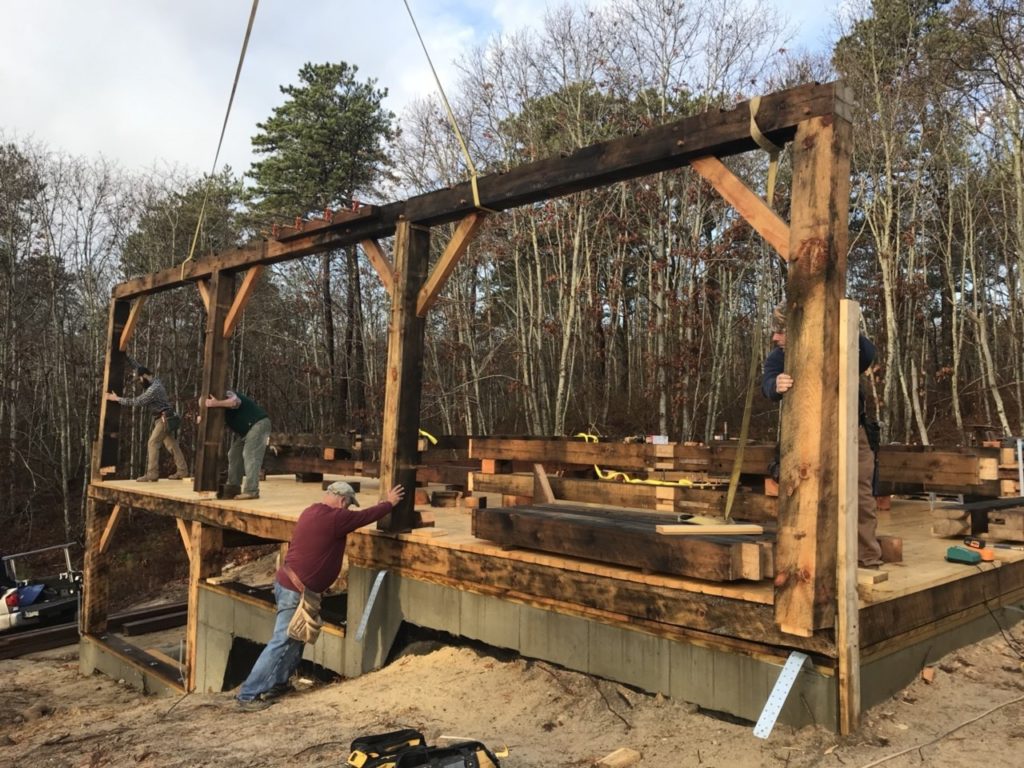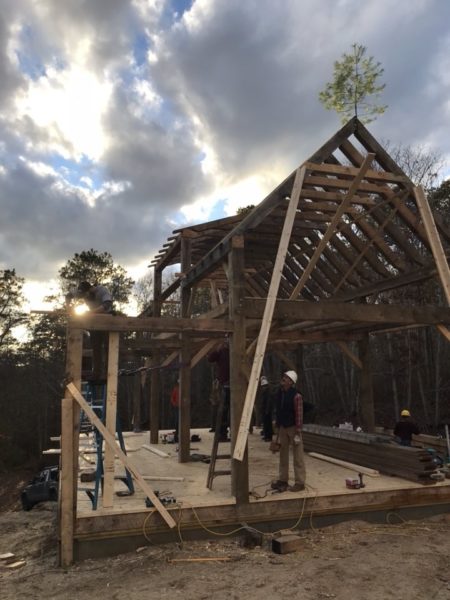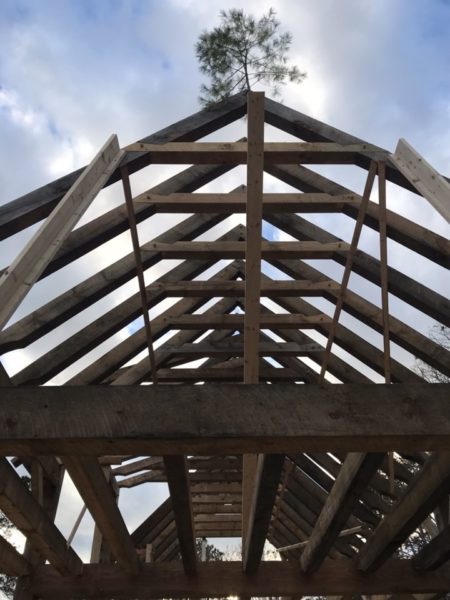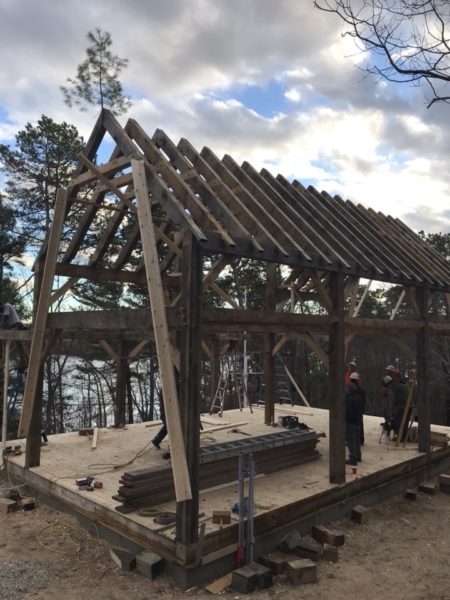Summer is finally here and it’s time to enjoy those perfect summer days and nights. There is nothing quite like a summer cookout spent with family & friends or a long fun filled day at the beach. With all the excitement summer brings, it also can shine light on those projects around the house that may need attention. We’ve shared some helpful tips and reminders to help care for your home this summer.
- Clean your dryer vent and exhaust duct to make sure there is no buildup of dust and lint.
- Change the filter in your air conditioner and consider scheduling an HVAC professional to service your system.
- Clean and consider re-sealing your tile grout.
- Do a test of your smoke & carbon monoxide detectors – check your batteries!
- Keep an eye on your irrigation system – a faulty sprinkler or irrigation hose that goes unnoticed can quickly cause larger problems for your lawn or even your basement.
- Reverse the direction of your ceiling fans. If your fans spin counterclockwise, they will push air straight down and will help keep your home cool this summer!
- Pay your attic a visit to check for any signs of mildew, leaks, holes, and even pests.
- Clean the grill to prep for all the summer barbequing!
- Take a look at your standby generator to make sure it is functioning properly.
- Check your gutters and downspouts for any buildup of debris and have cleaned to allow for efficient water flow.
- Your condenser has been outside all spring and winter long, make sure it is properly cleaned.
- Inspect your foundation for any cracks or leaks.
- Wash down your porch and give your deck a glace – check to see if any boards are rotting and may need replacement.
- Wash the windows! Why not have a clean fresh start after all the pollen.
- Check your outdoor faucets for any leaks.
- Inspect the caulking around the windows and doors of your home, this will help keep any unwanted critters out.
- Consider having your roof inspected by a professional.







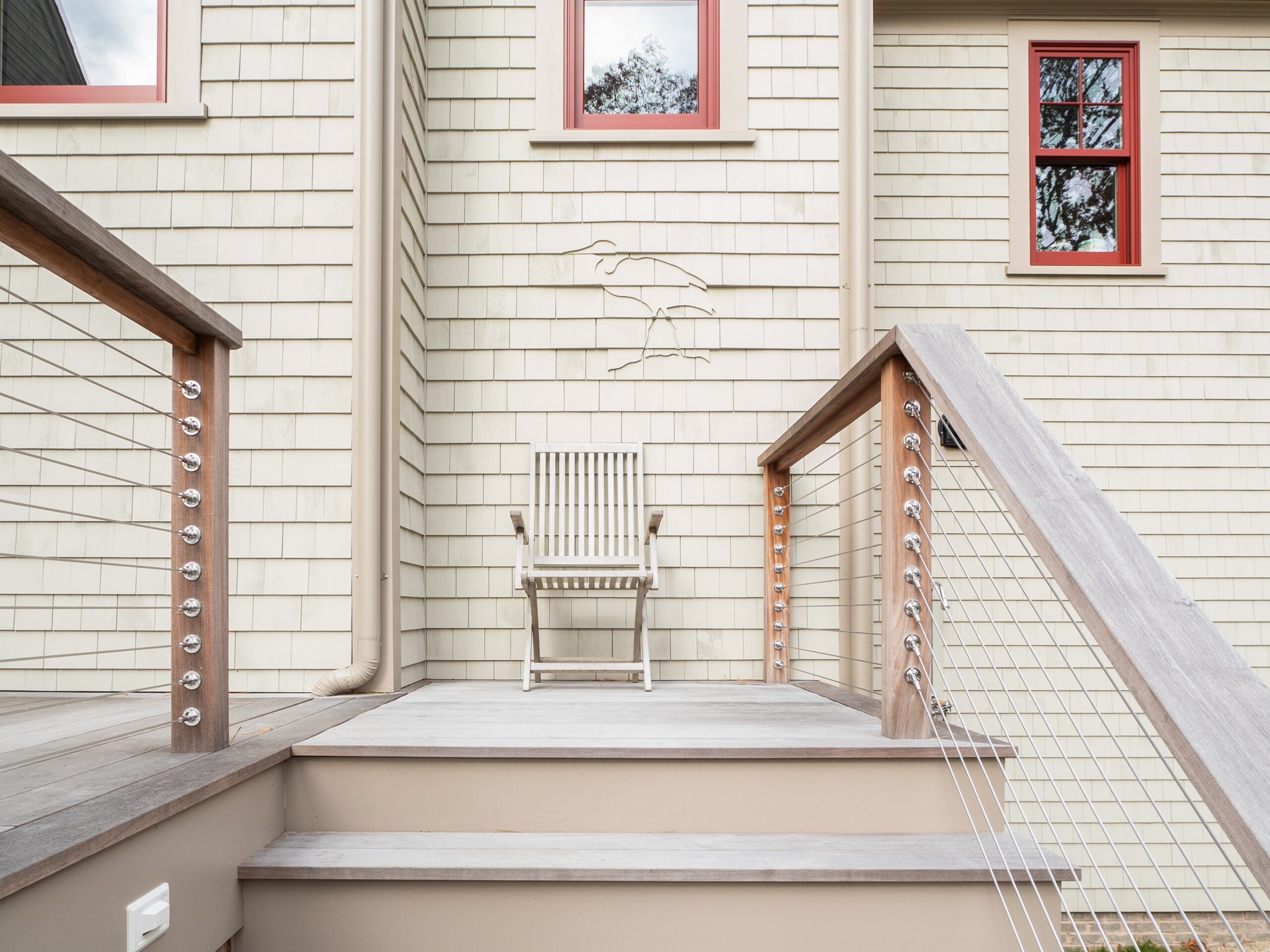
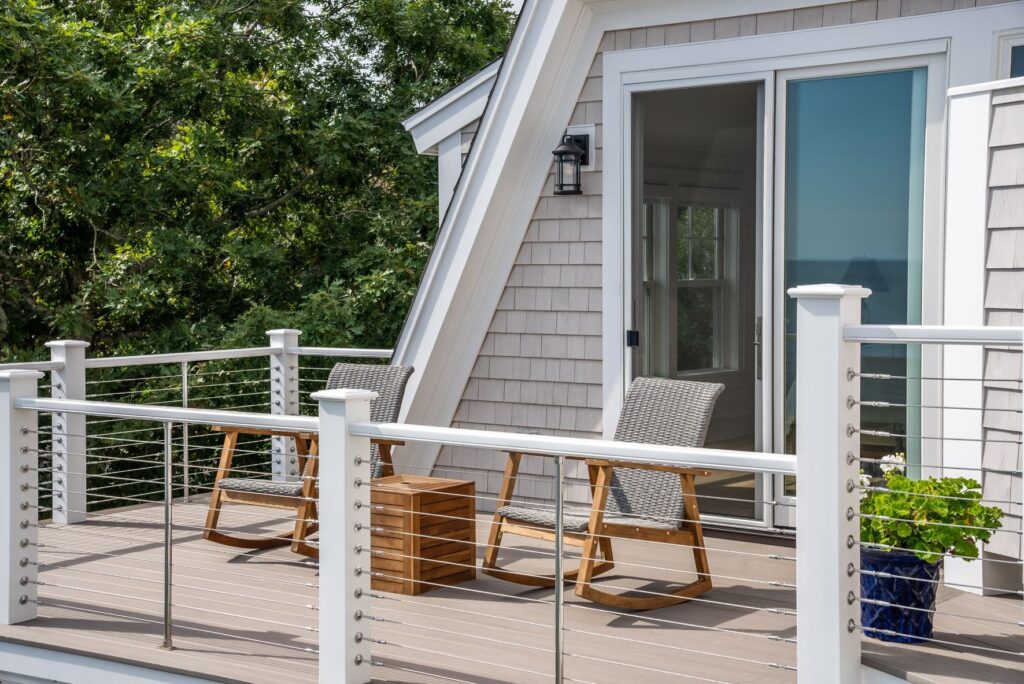



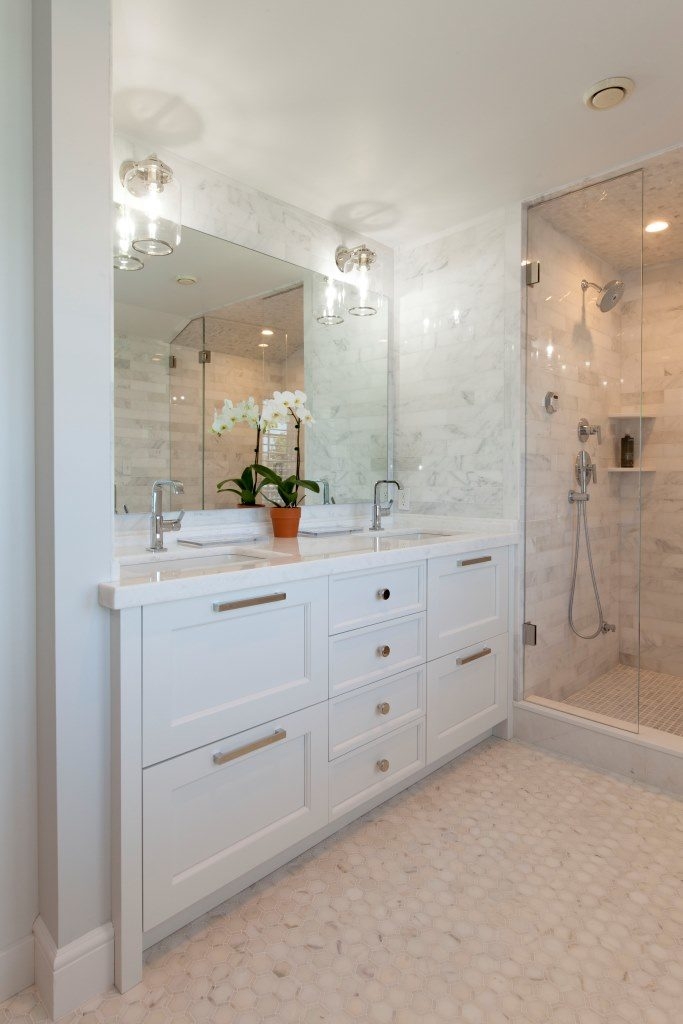
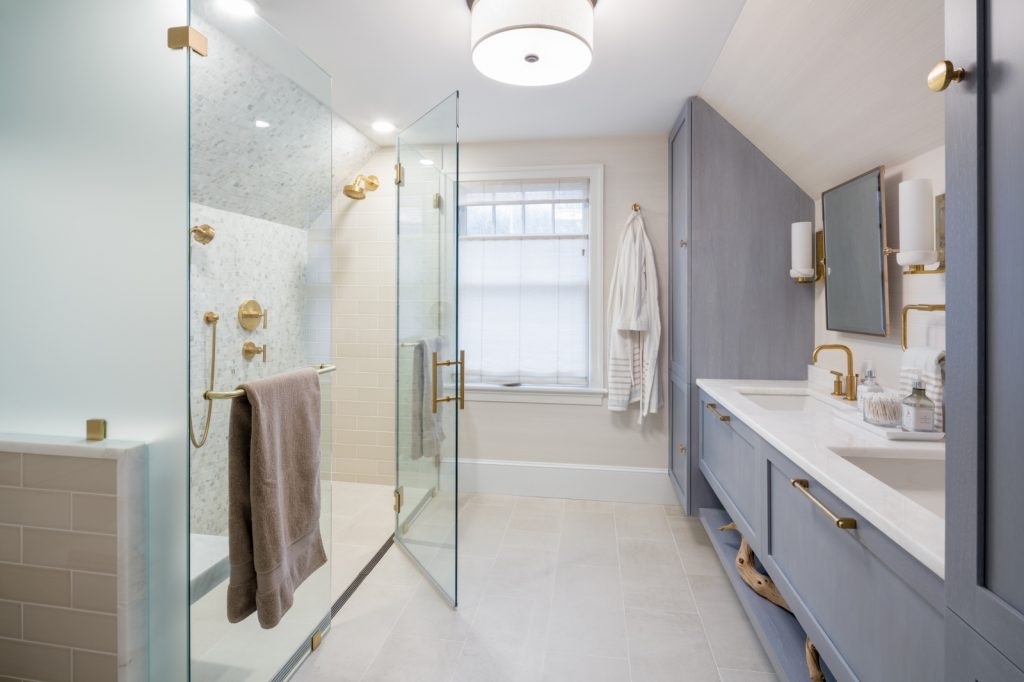
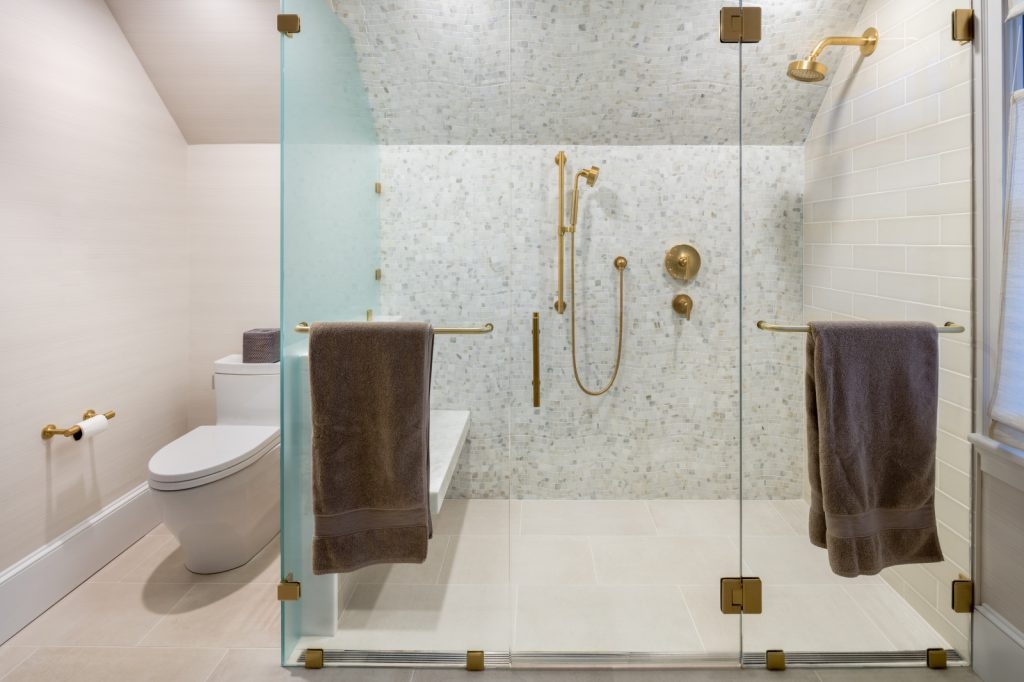
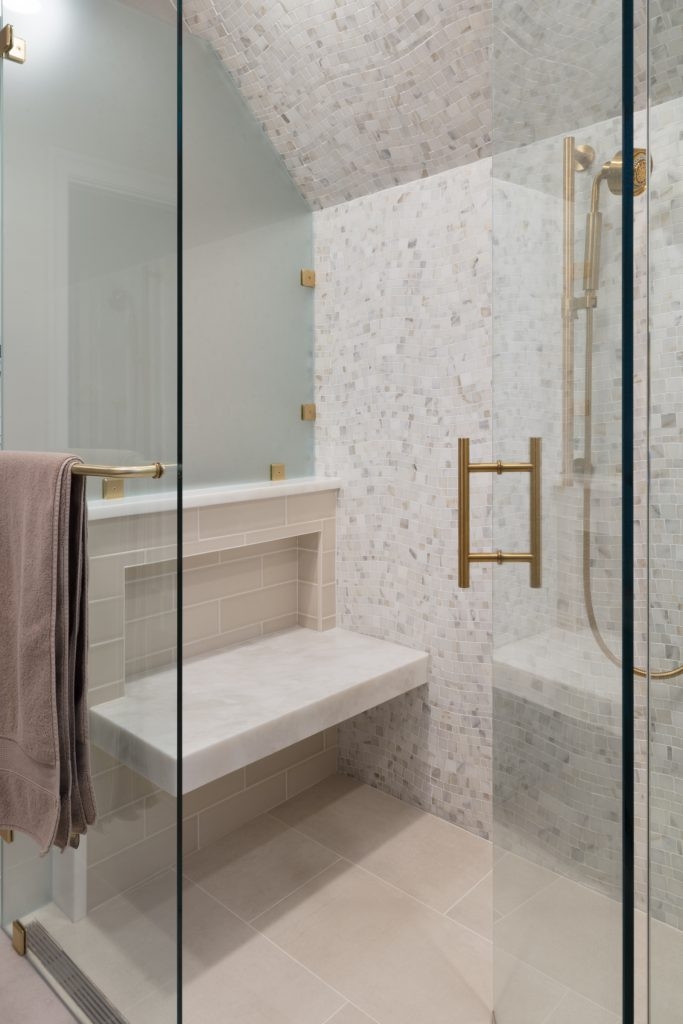
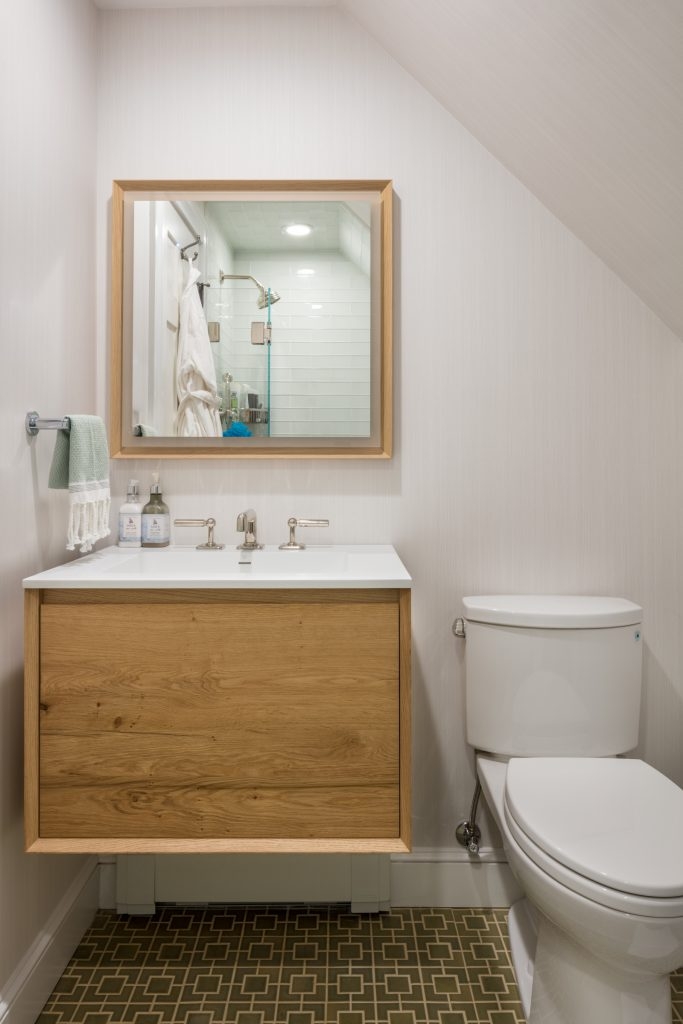
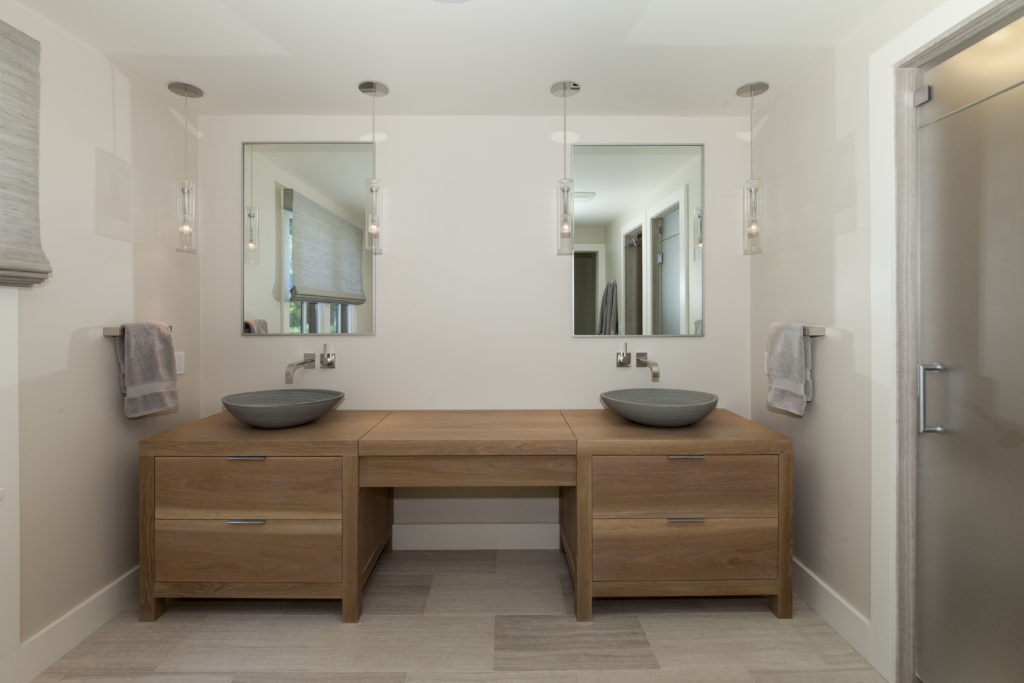
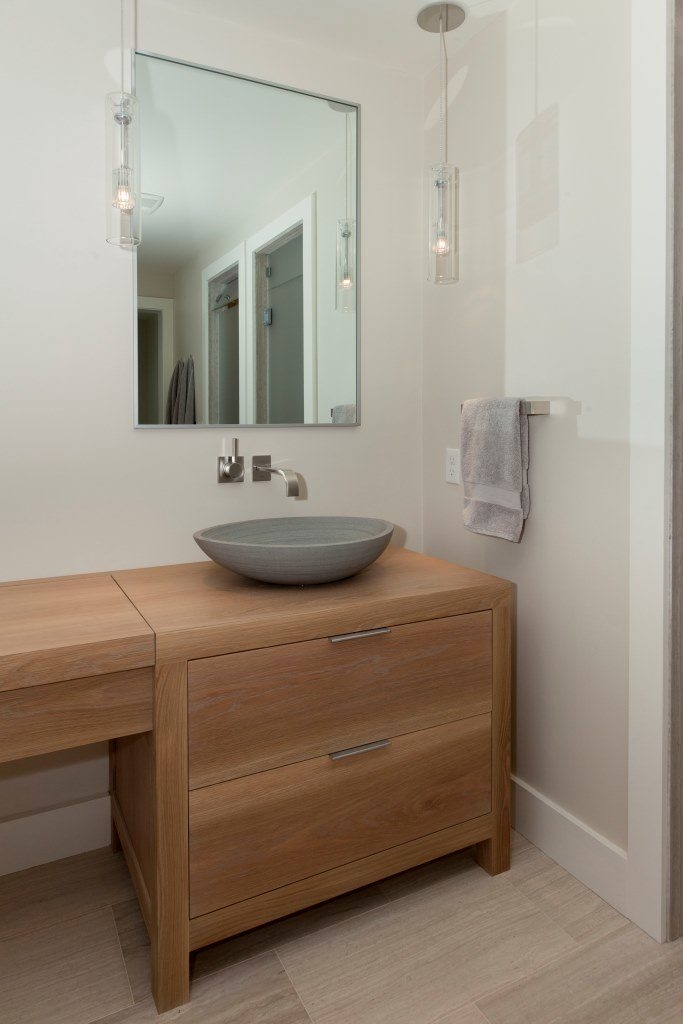
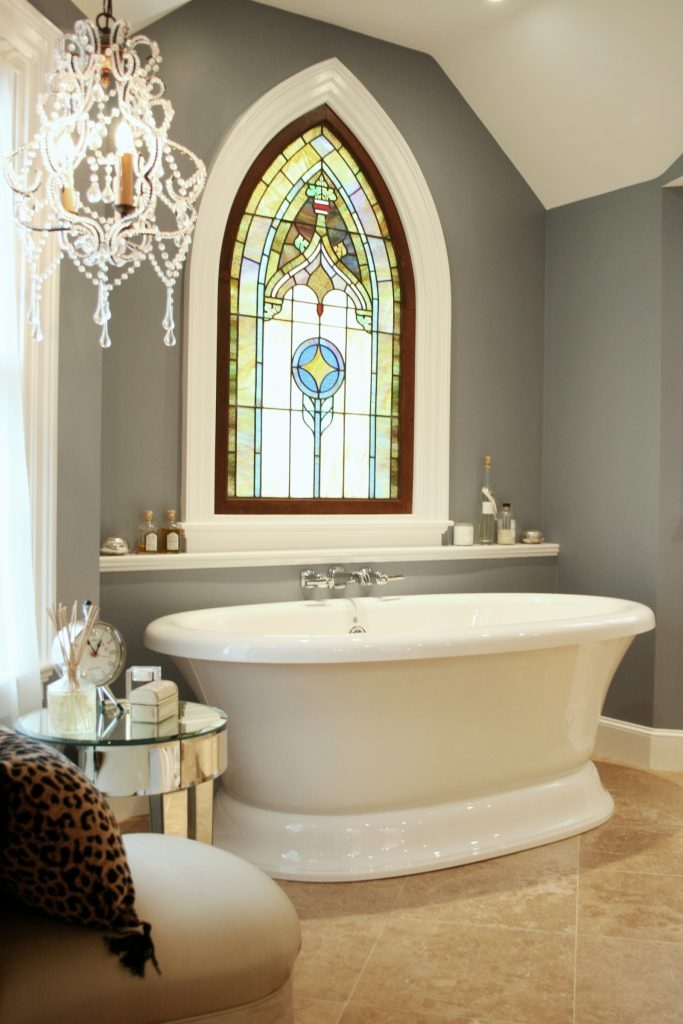

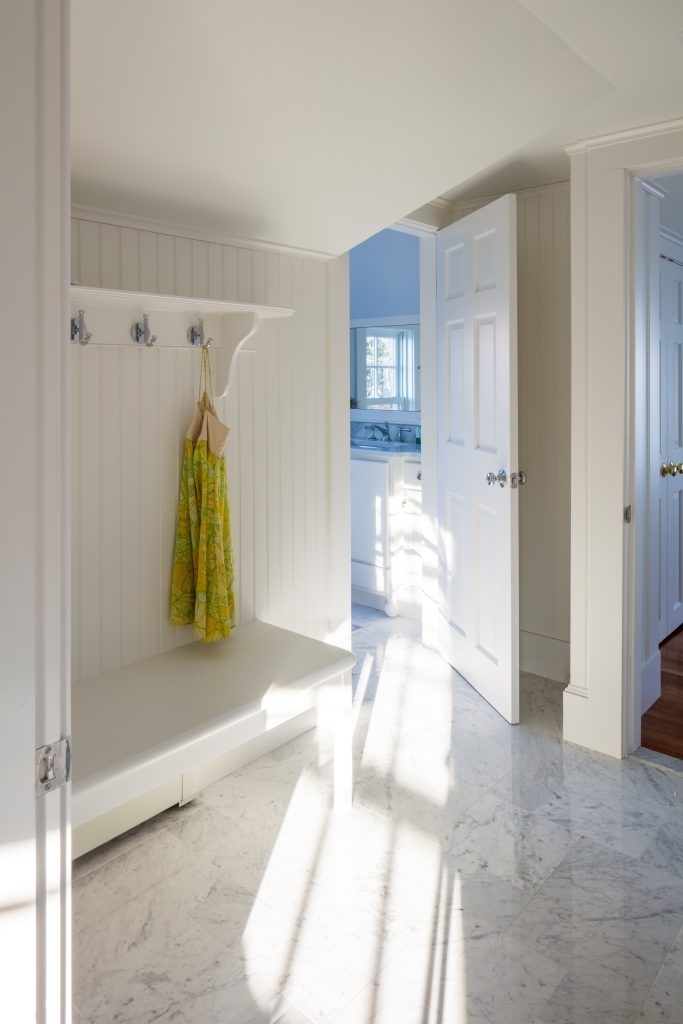
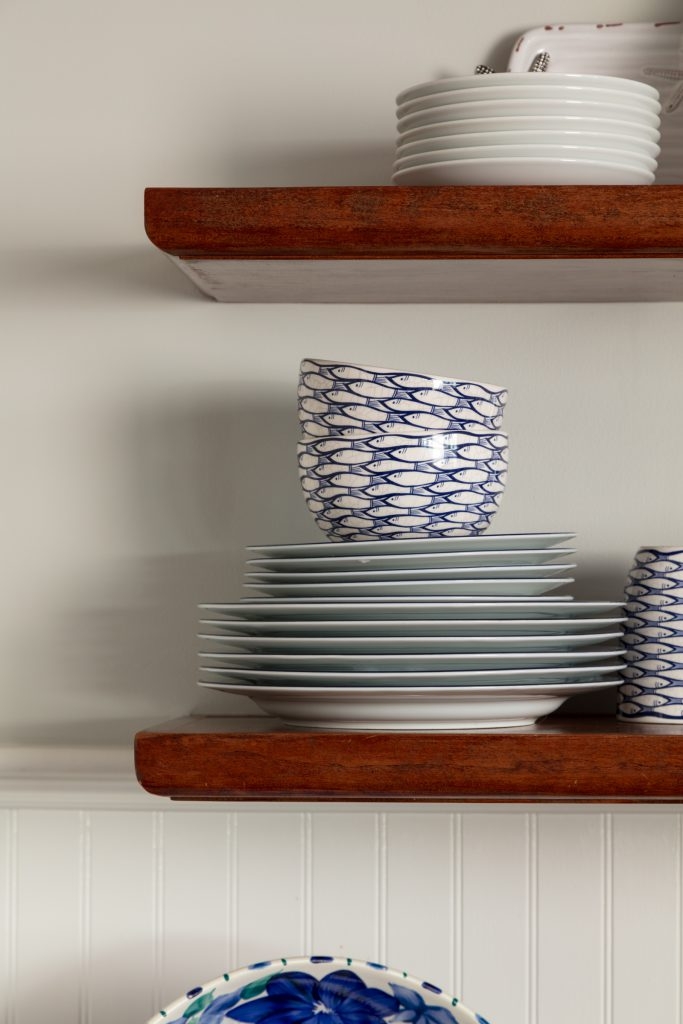
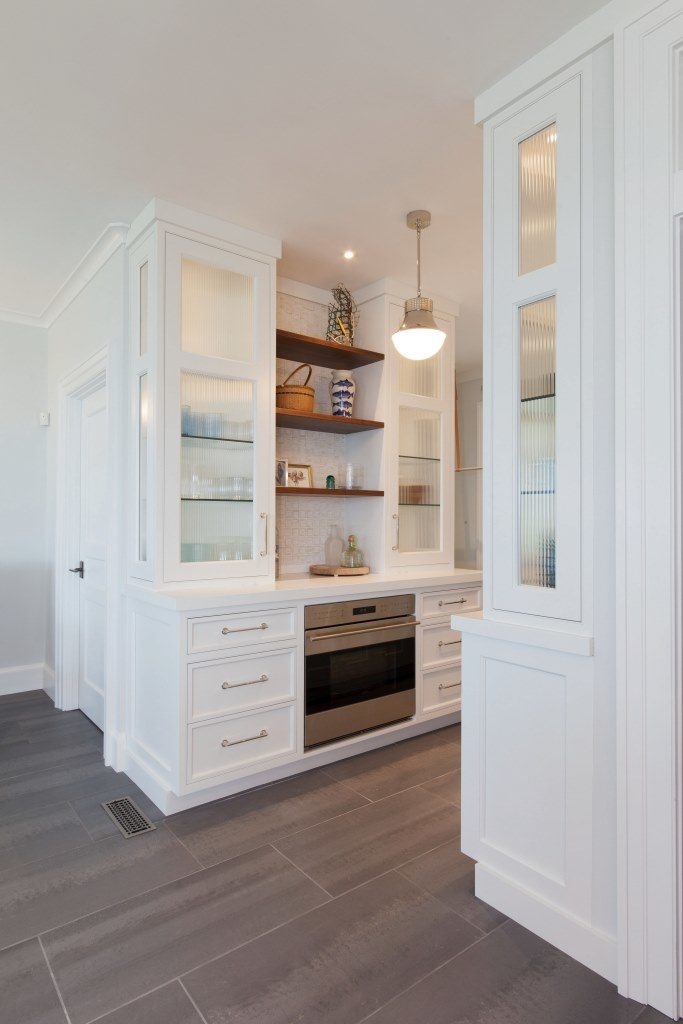


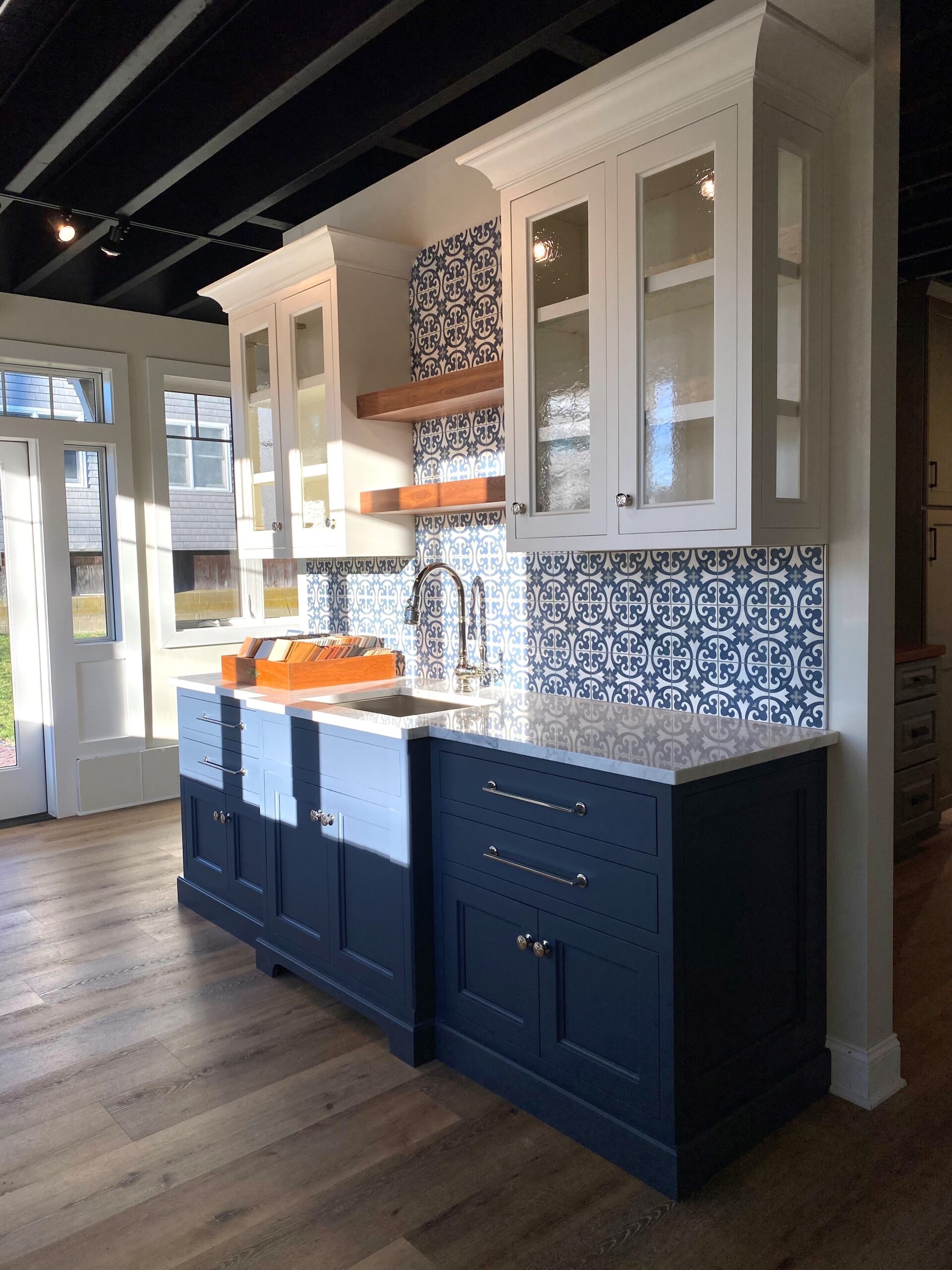
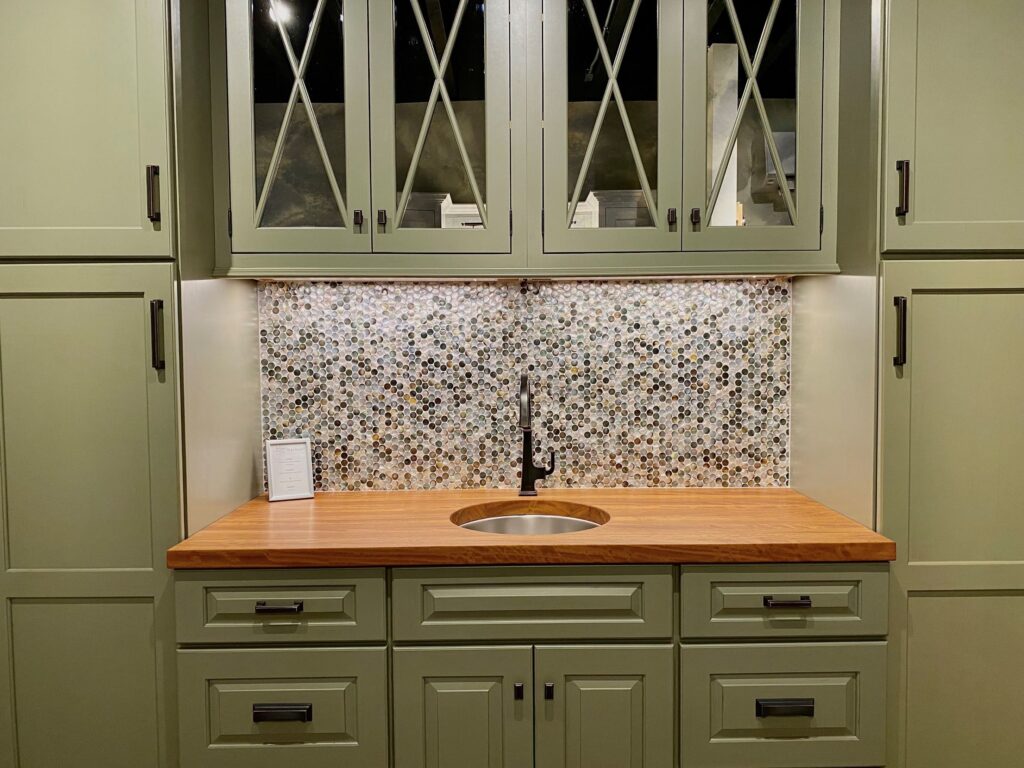
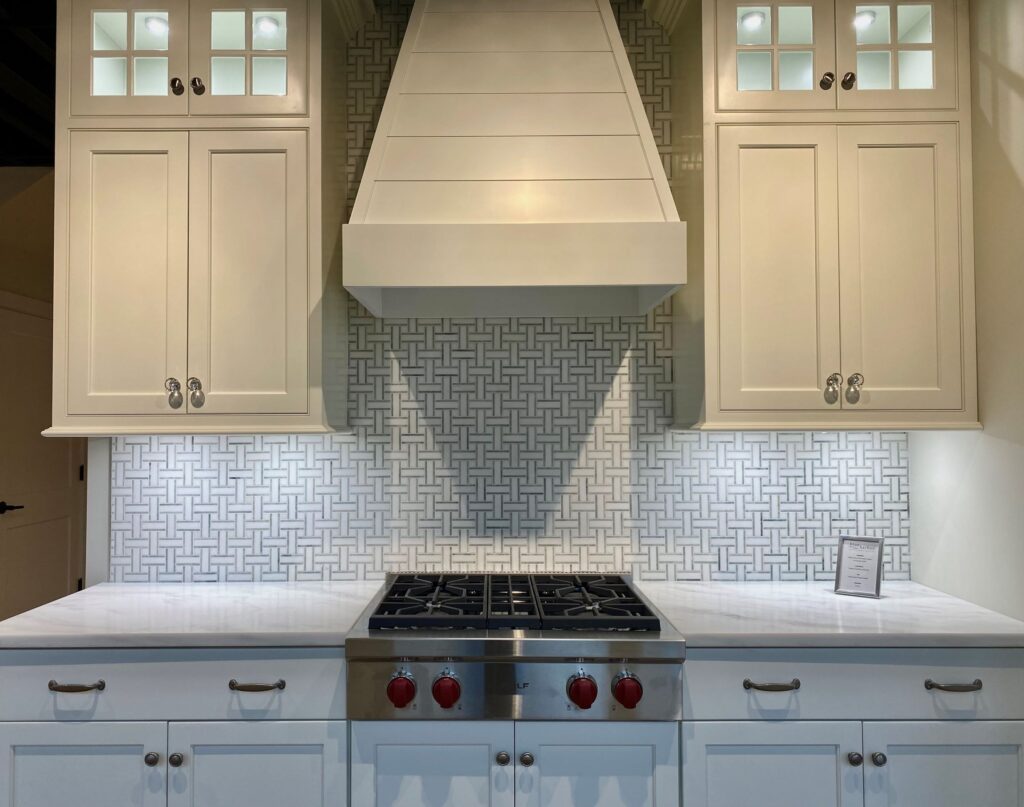
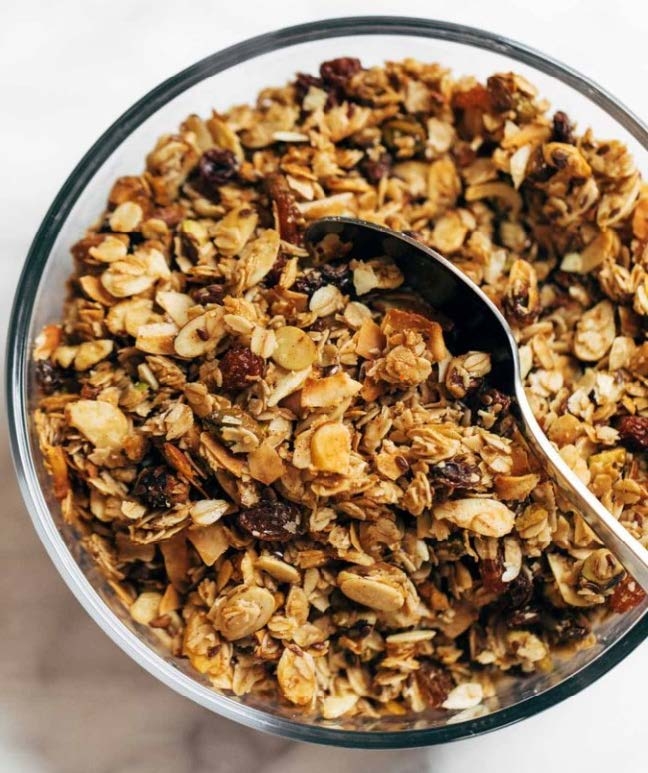

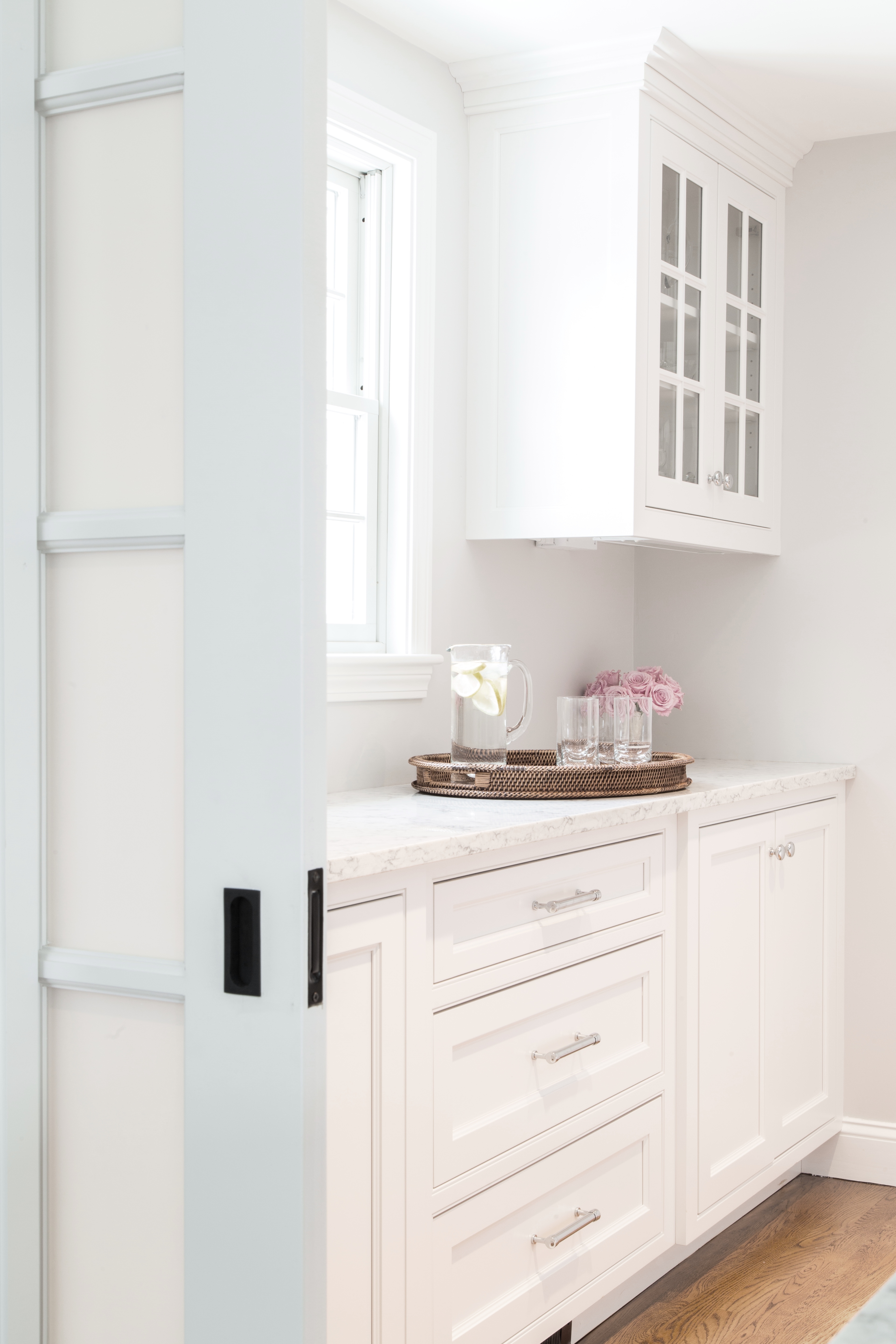



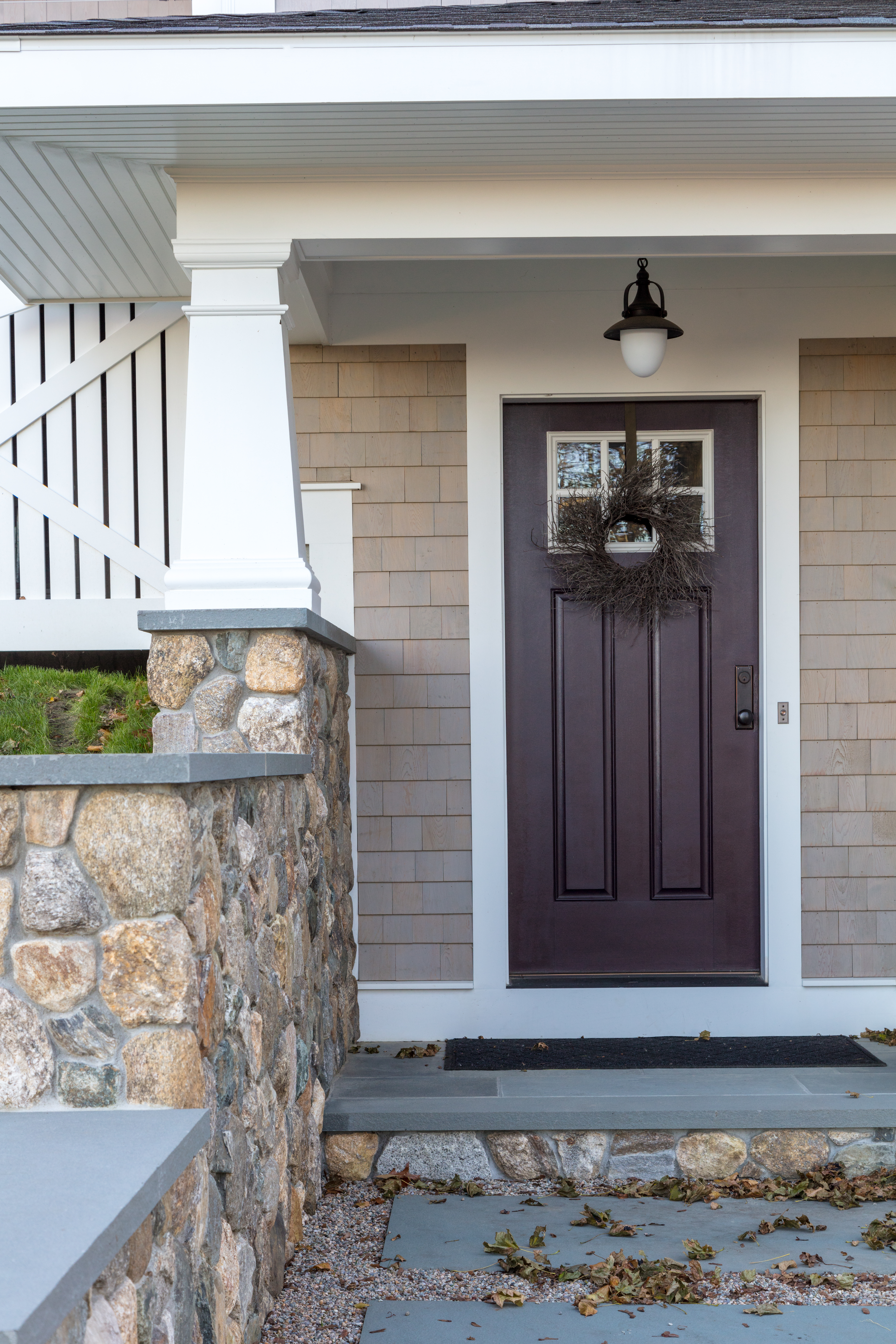


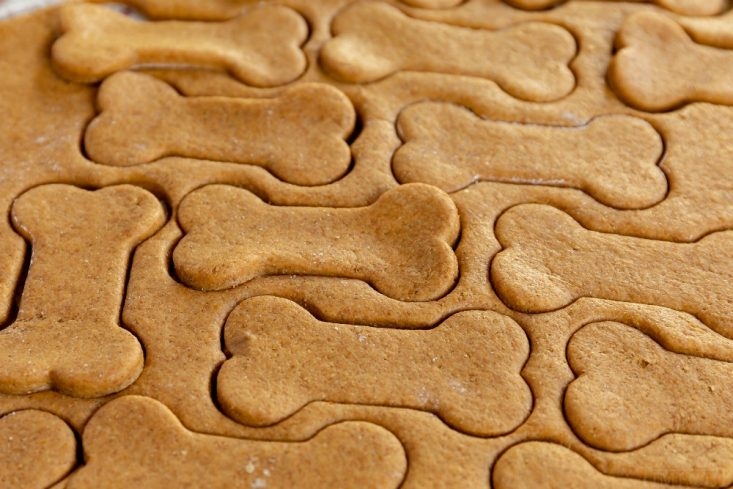
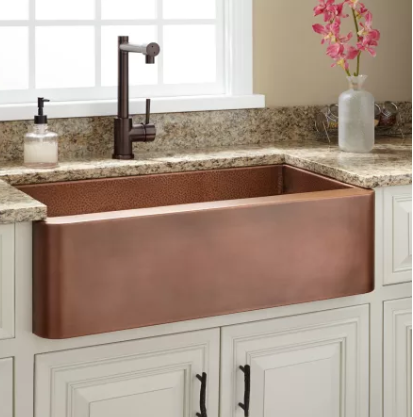

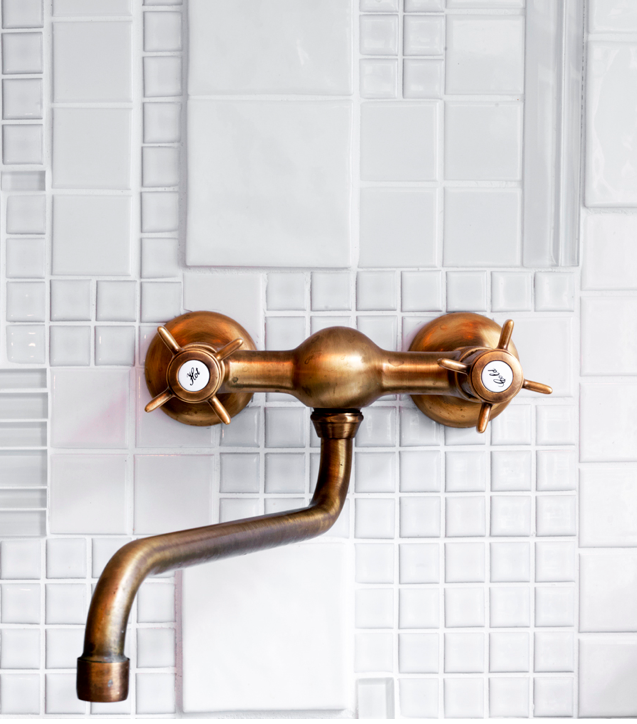




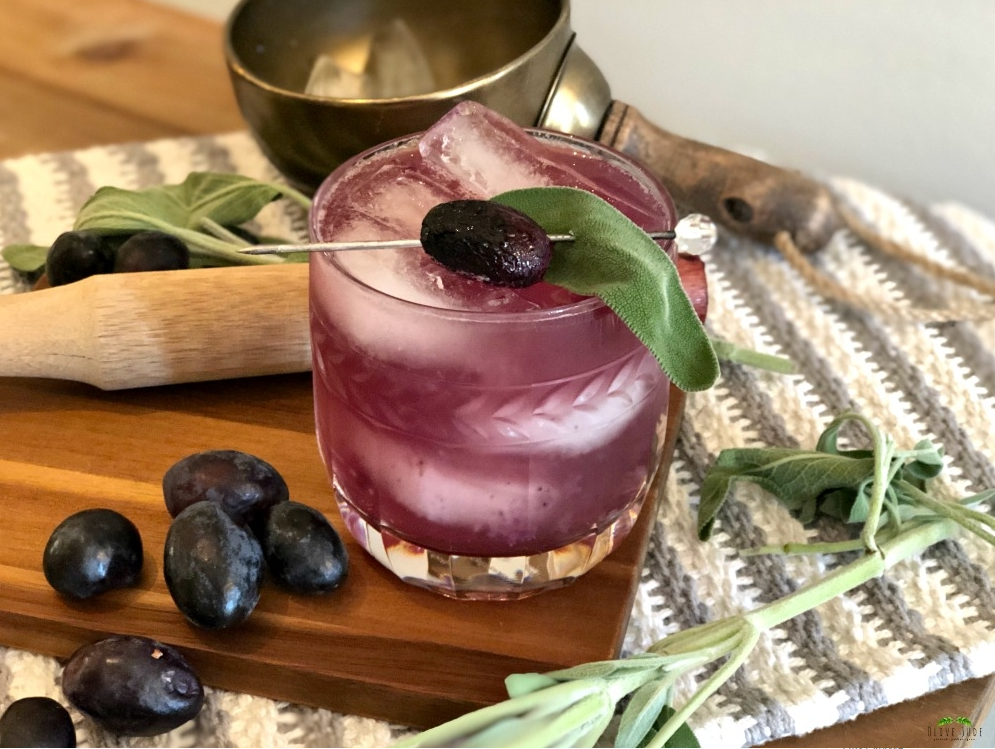
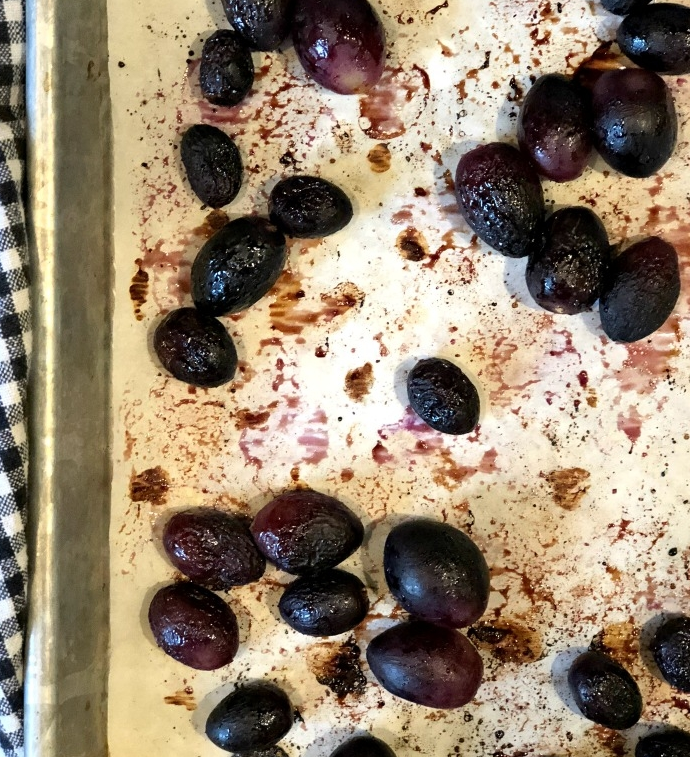

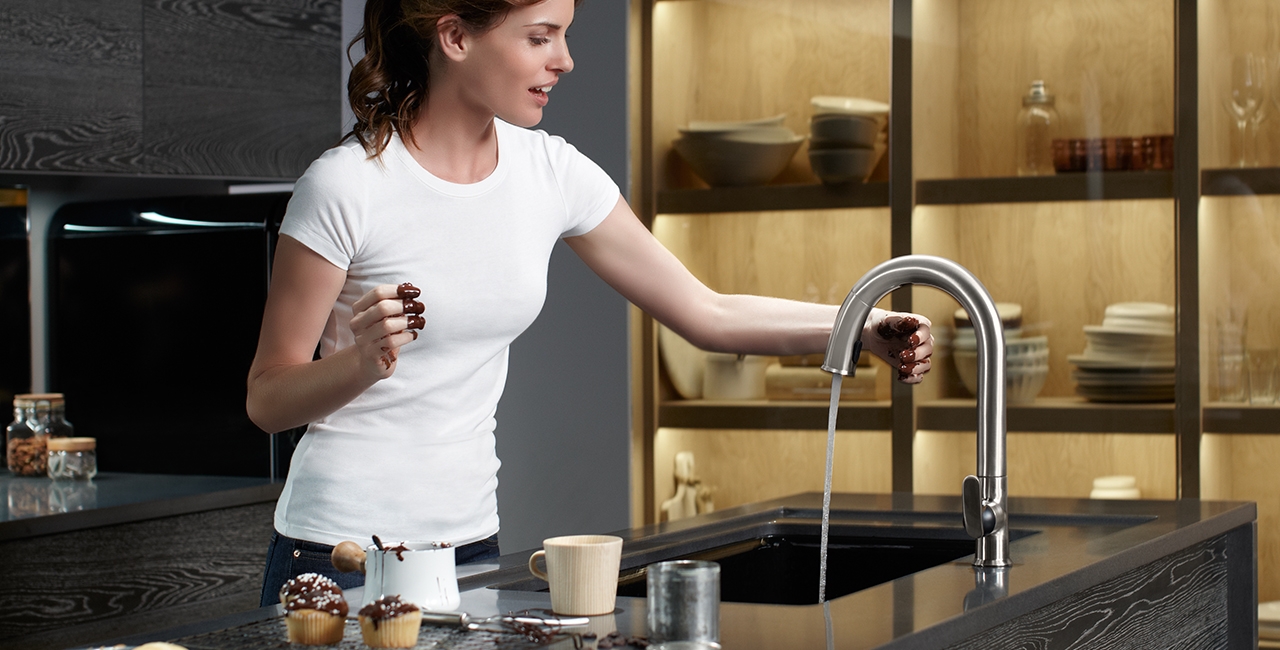

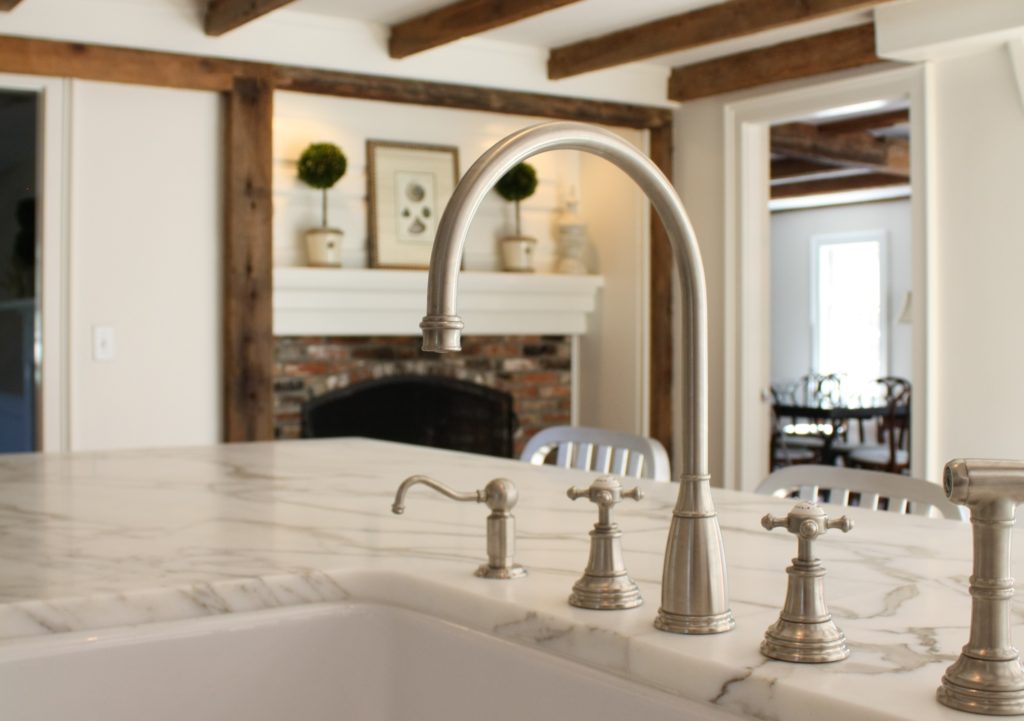
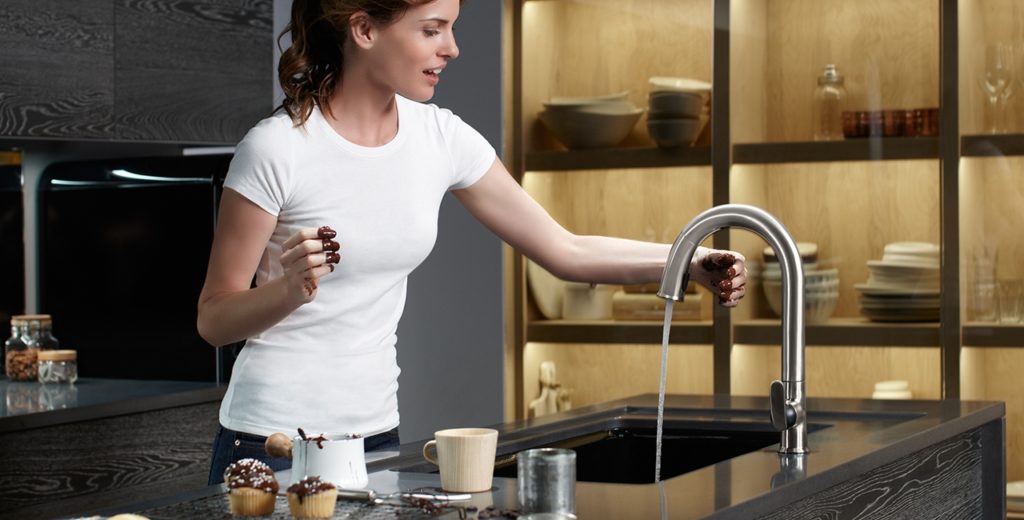

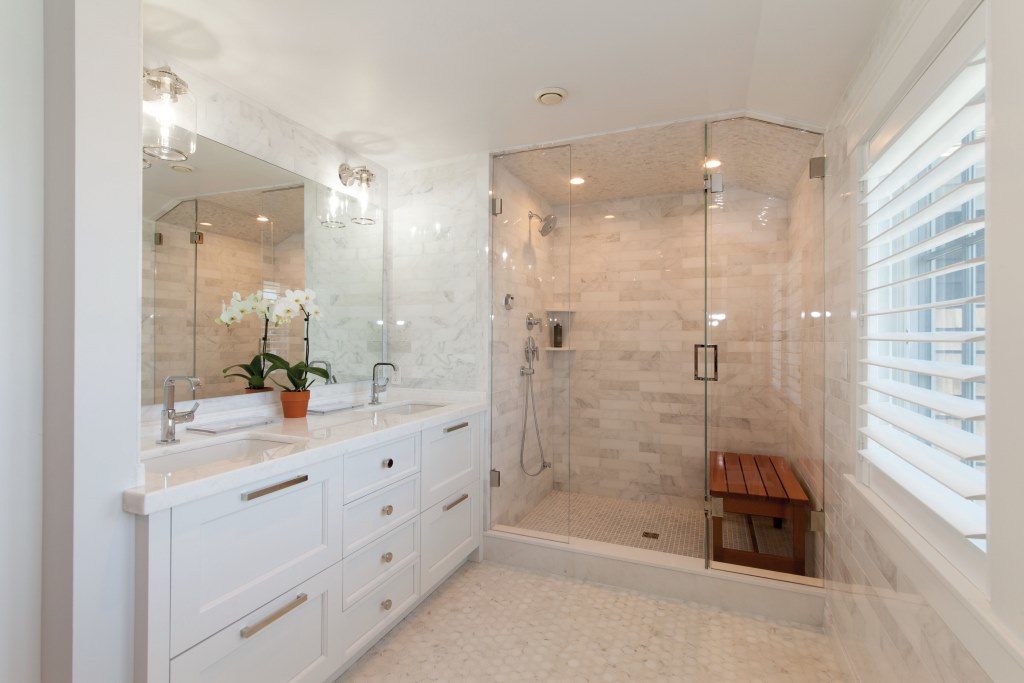
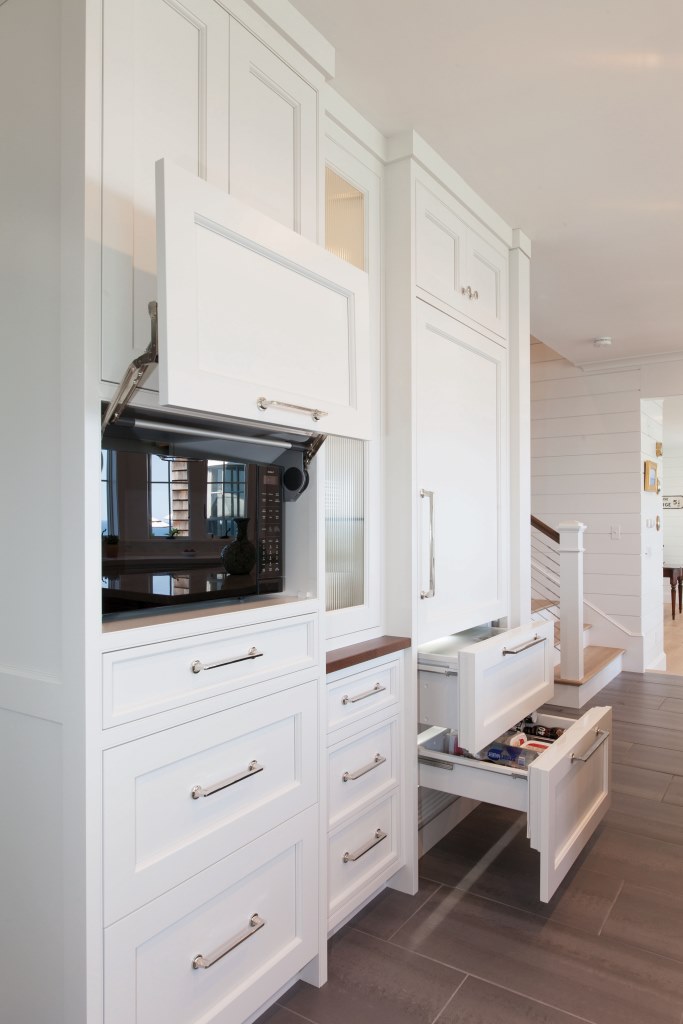

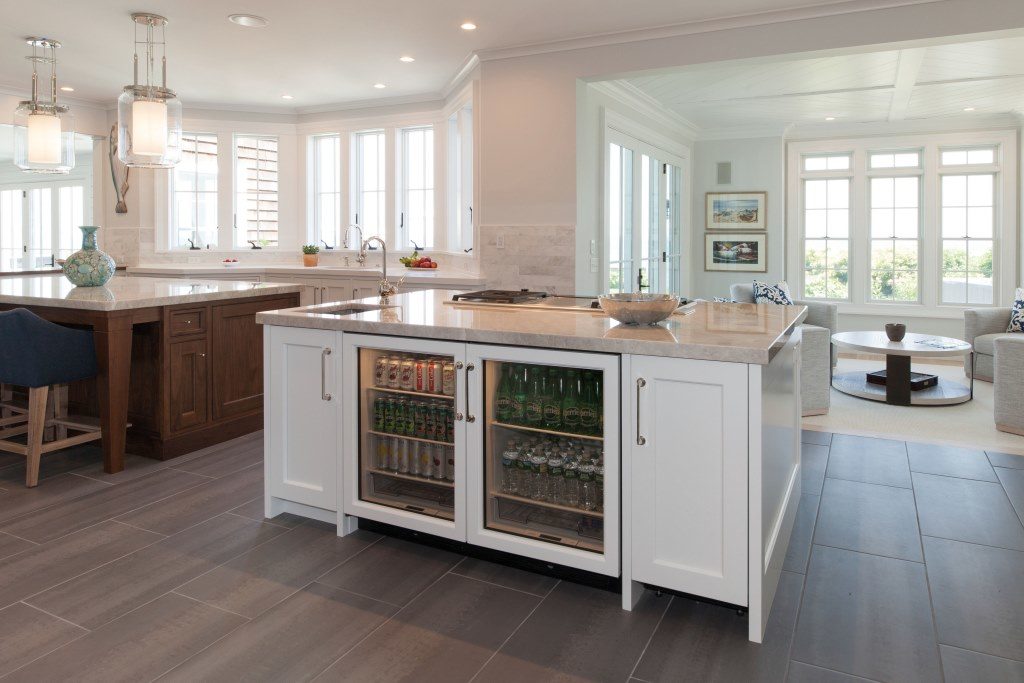
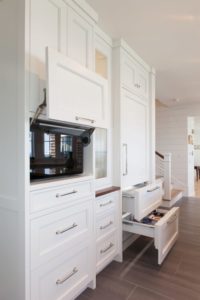
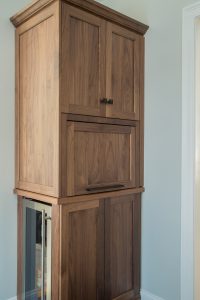
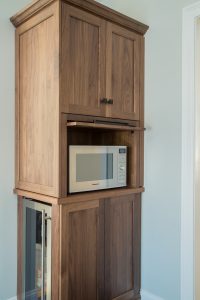
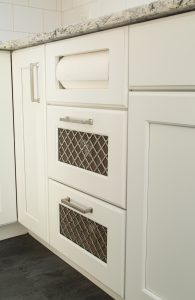
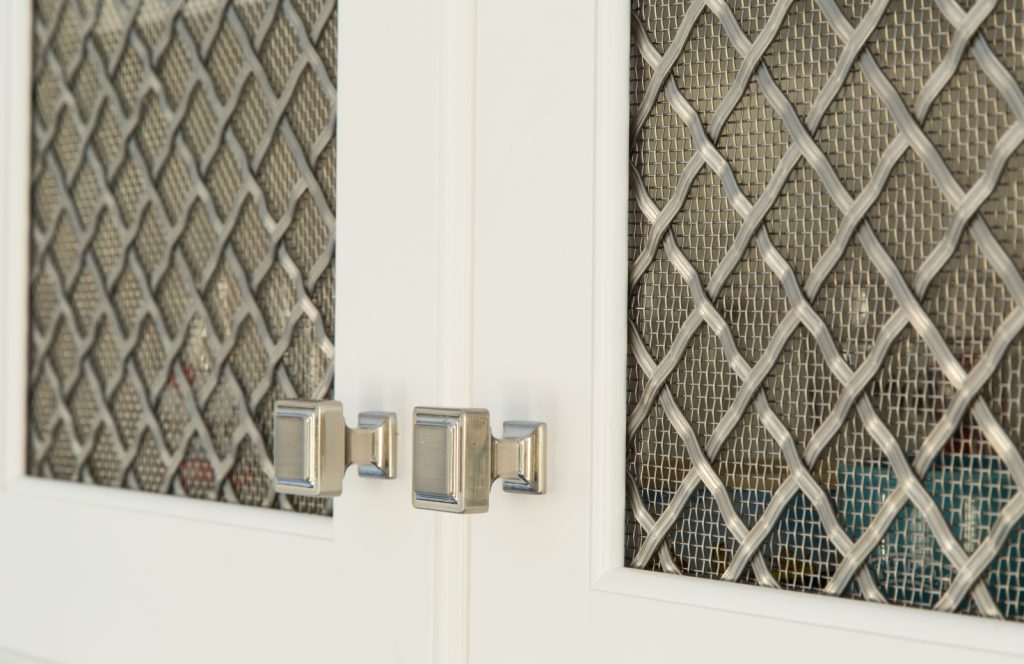
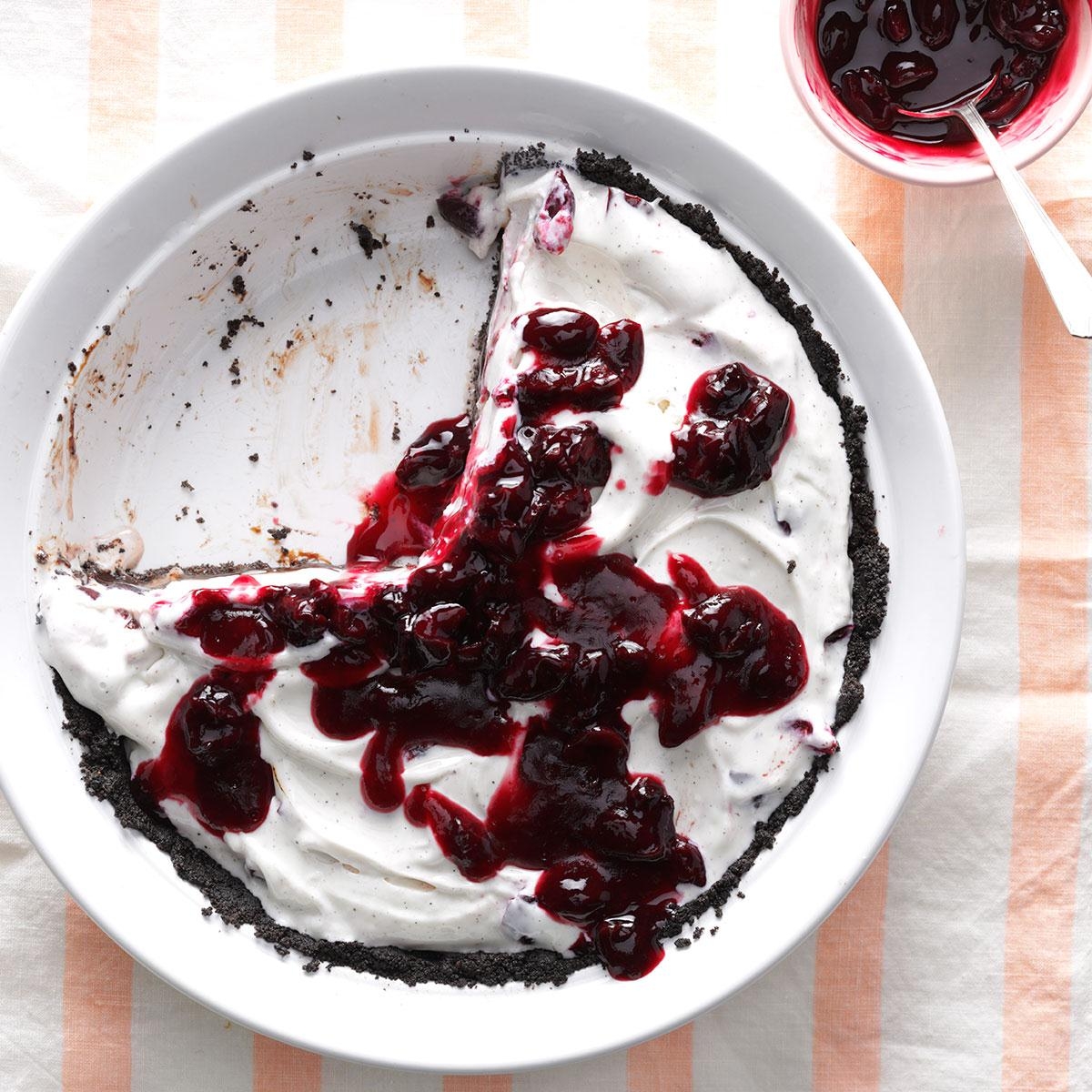
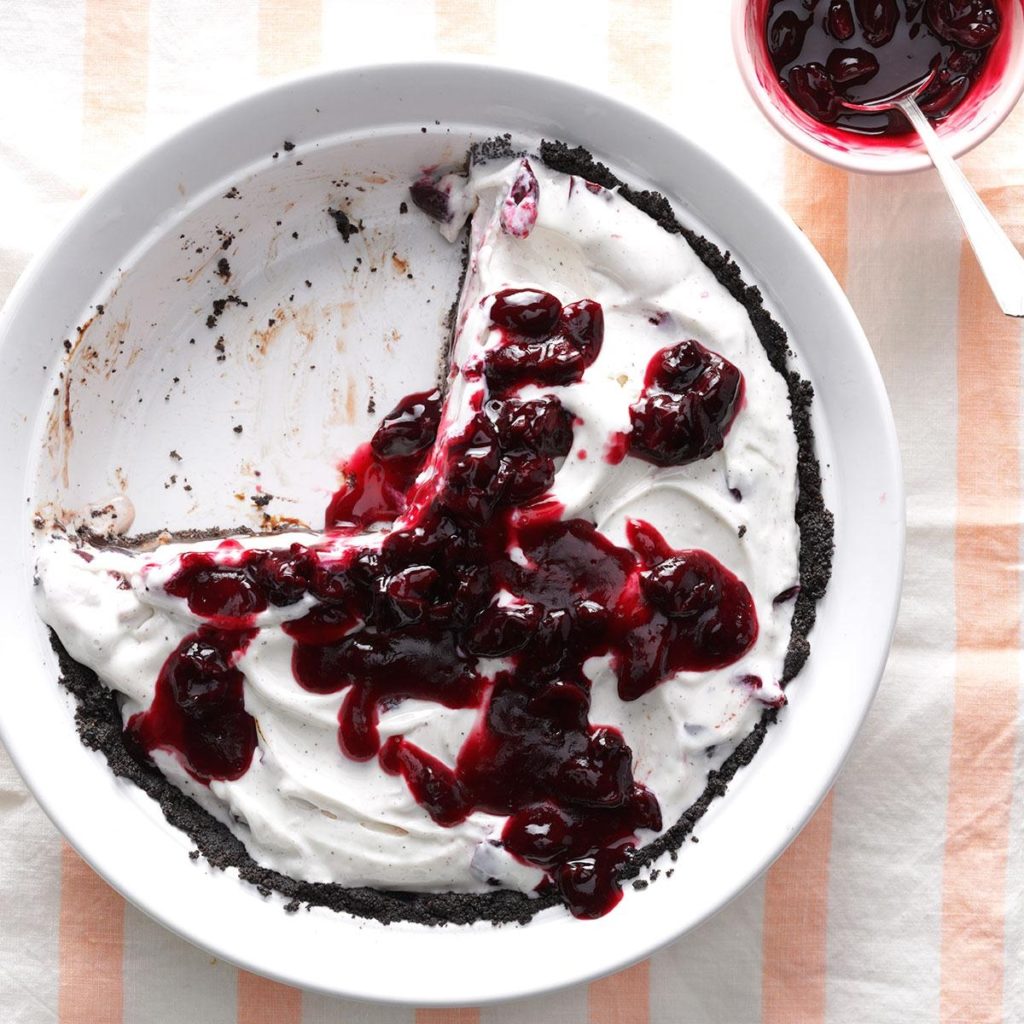
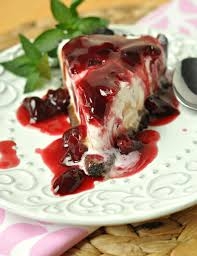



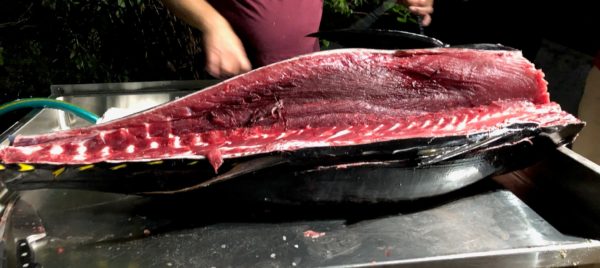



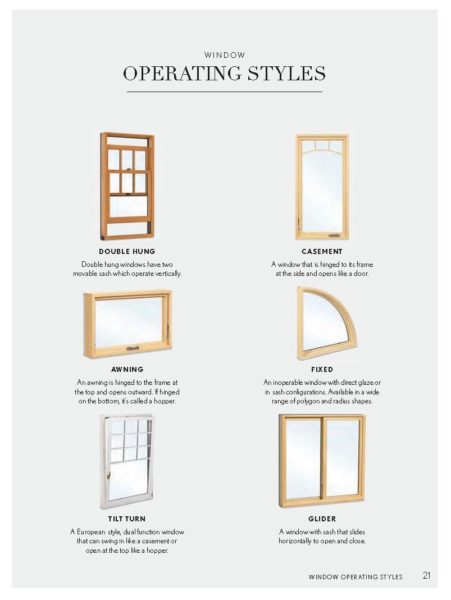
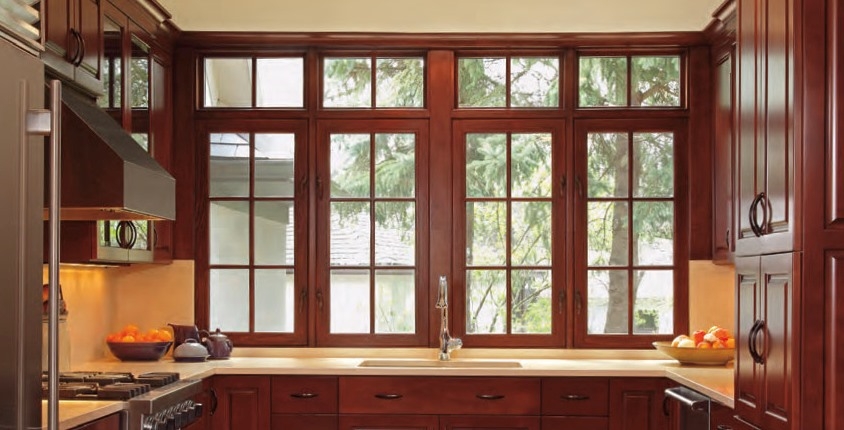

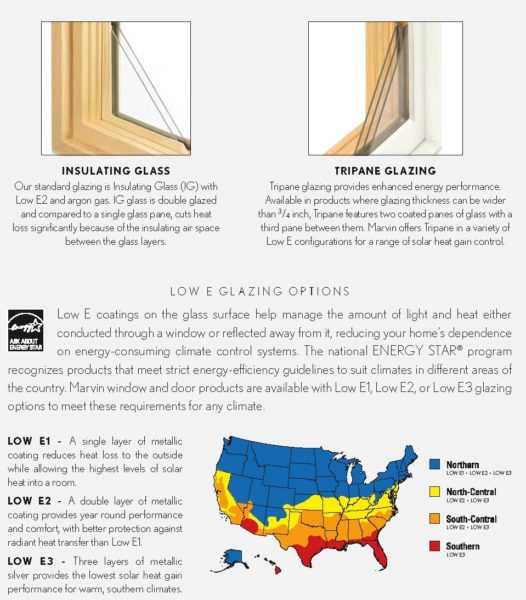
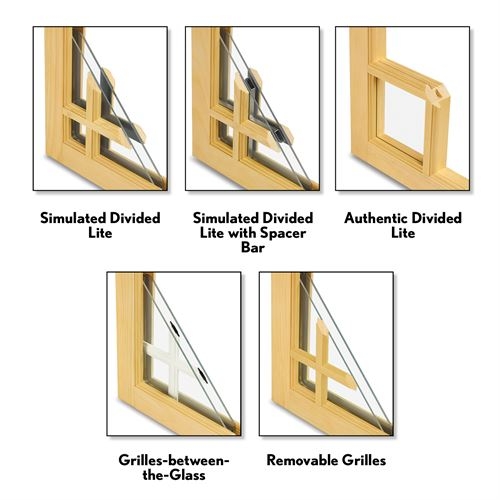 Divided lights refer to the style of grid that appears to “divide” the window pane. Taking your home style & any existing windows into consideration will help to make this choice. Different options offer various aesthetic & practical advantages. Here is a list of some of the most common divided light styles:
Divided lights refer to the style of grid that appears to “divide” the window pane. Taking your home style & any existing windows into consideration will help to make this choice. Different options offer various aesthetic & practical advantages. Here is a list of some of the most common divided light styles: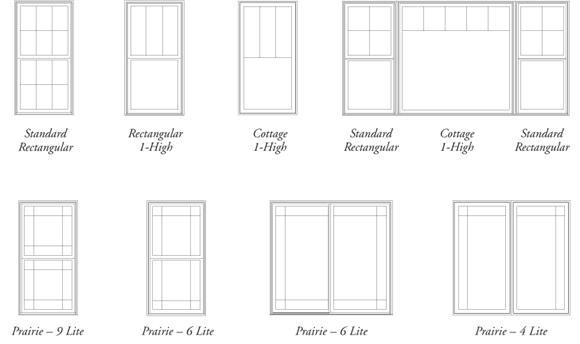
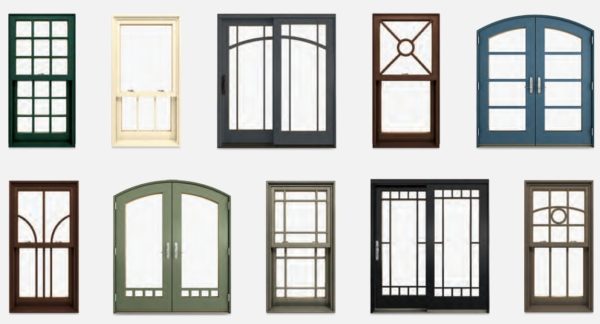

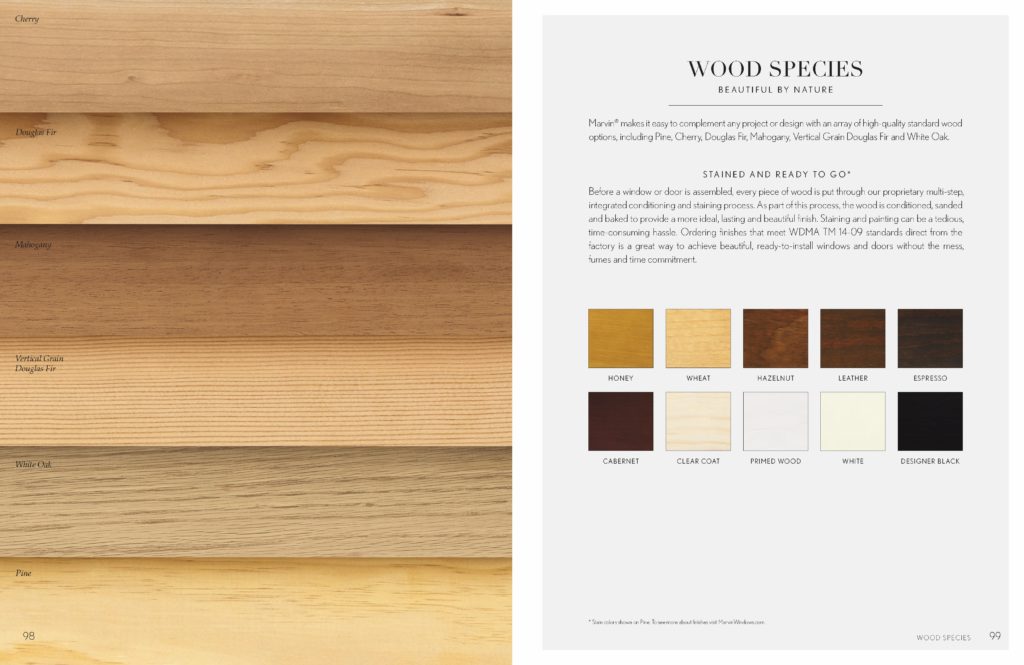
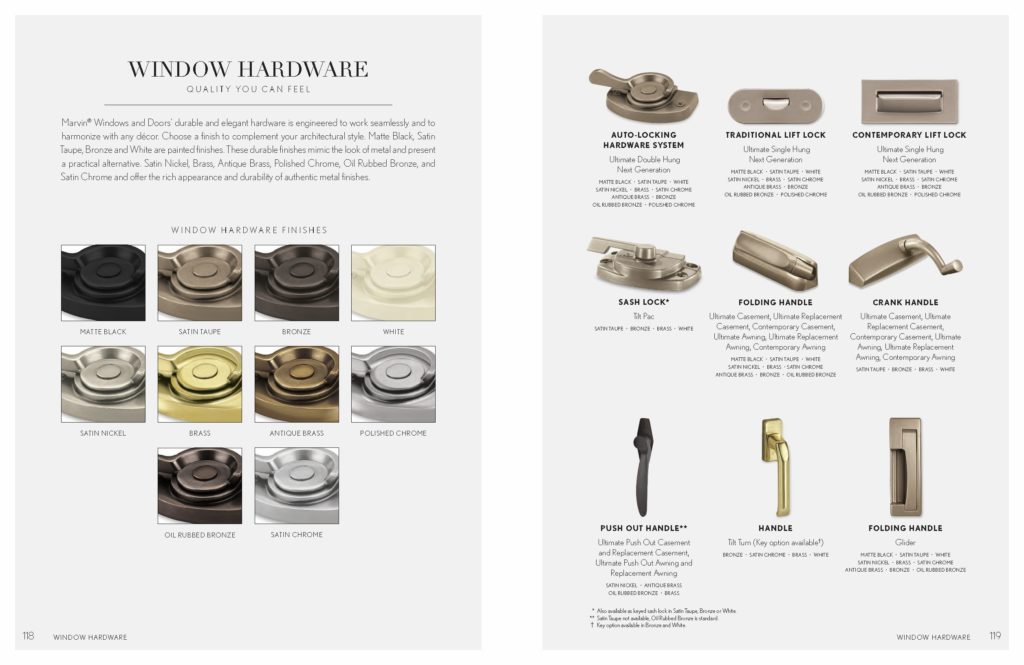
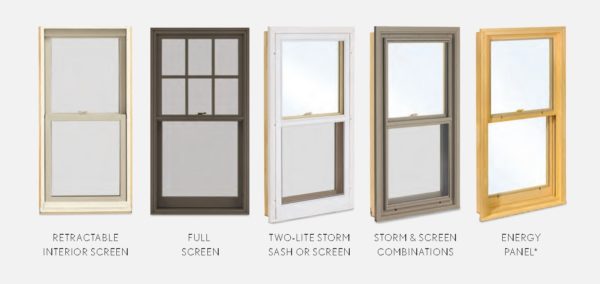
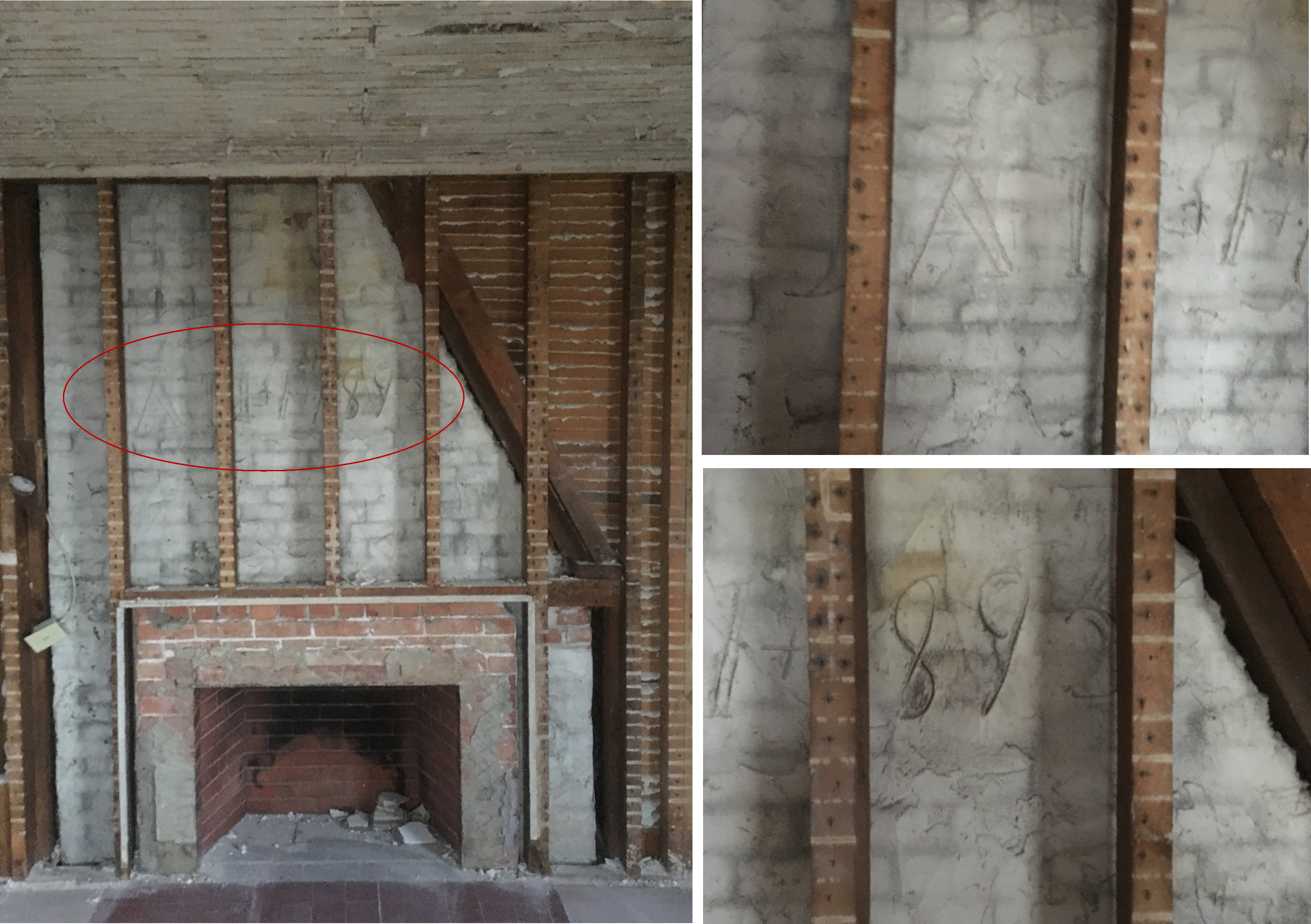
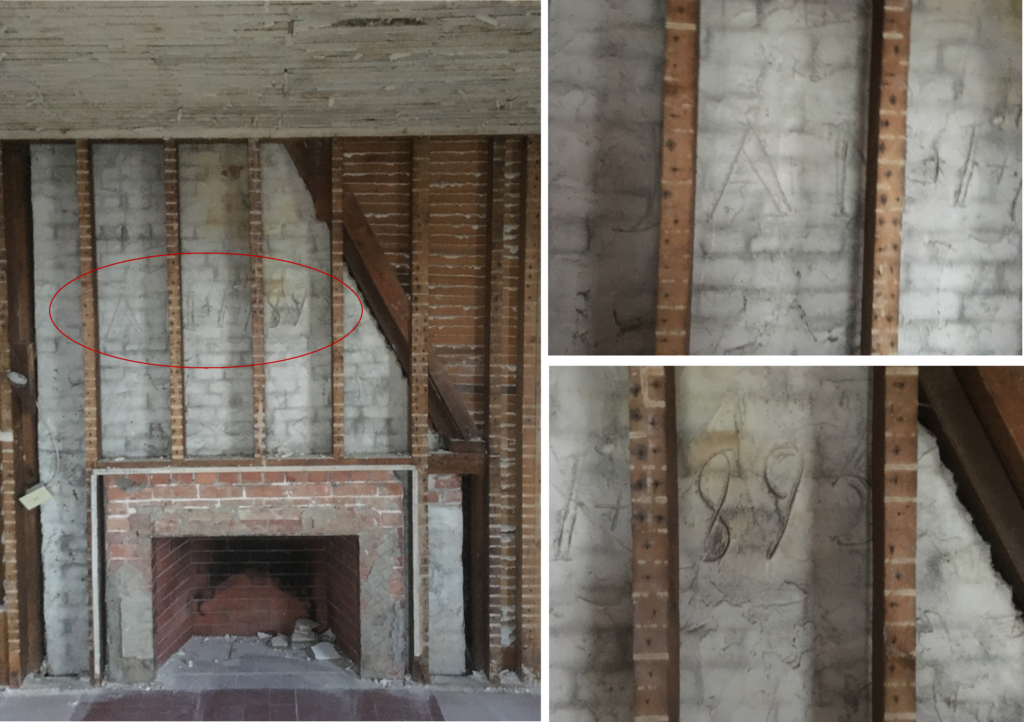
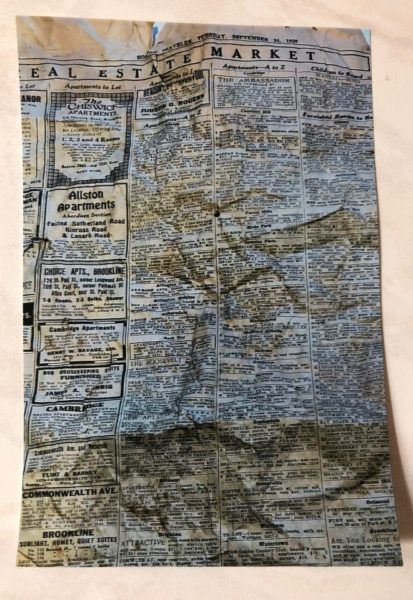
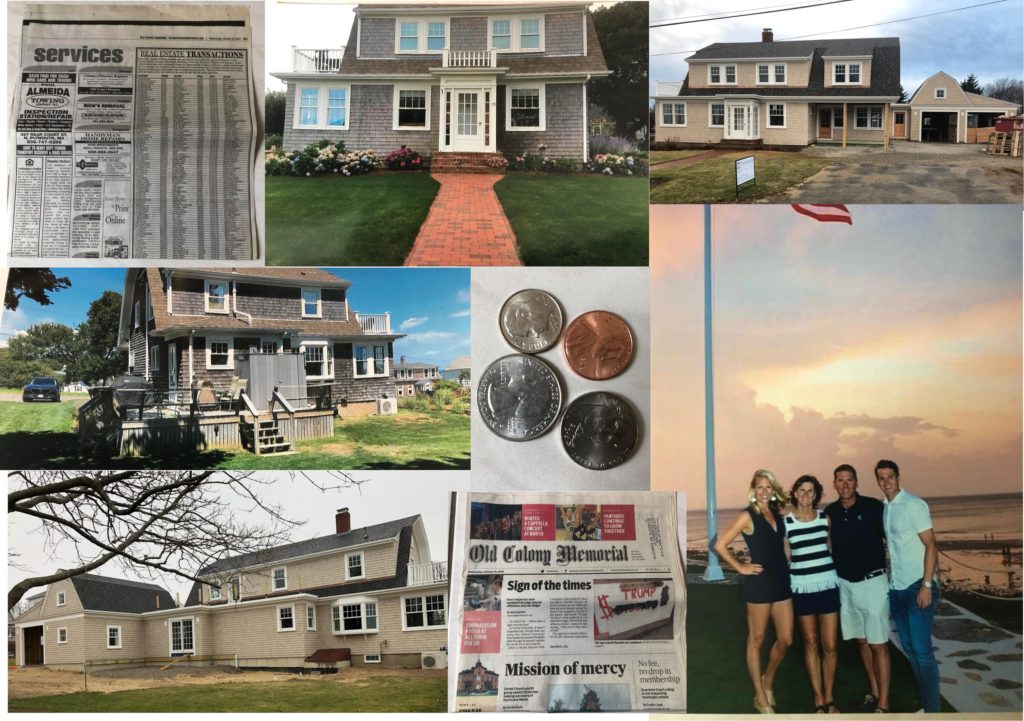
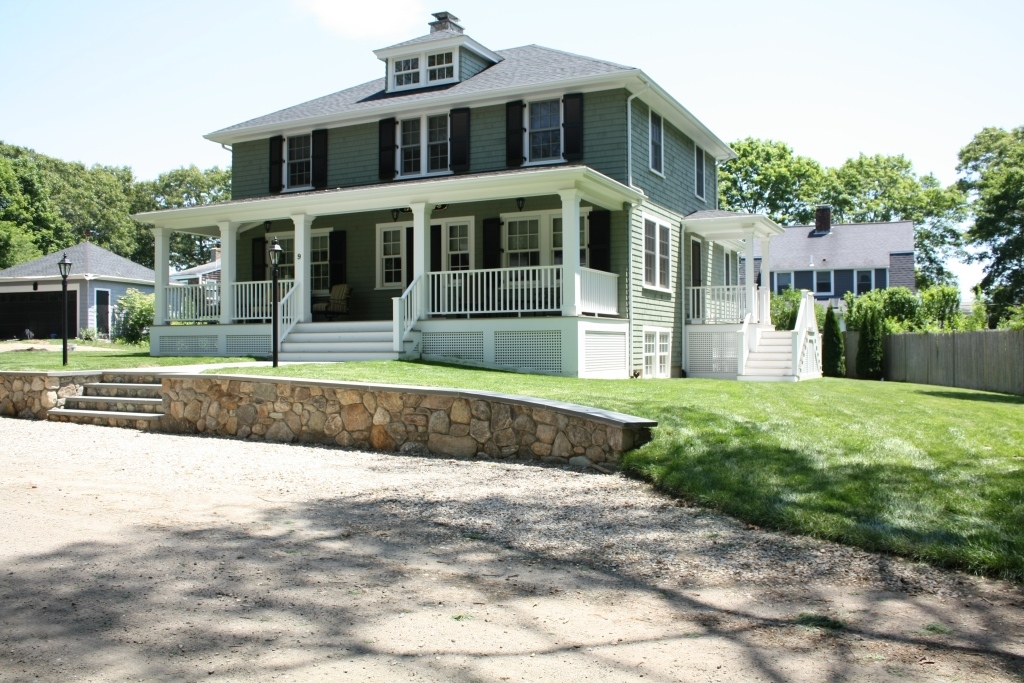
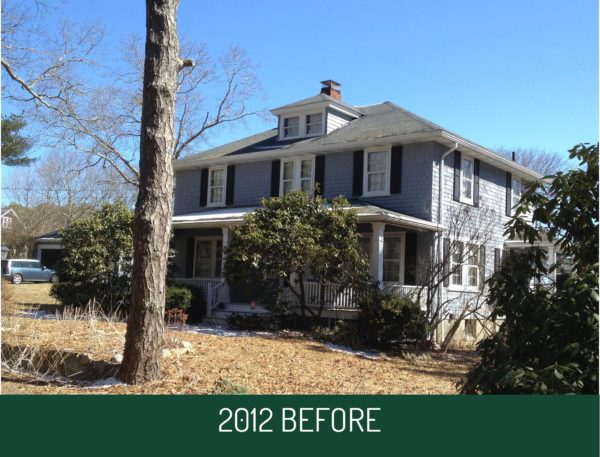 This home, built in 1922 was one that evoked a sense of nostalgia for the client who was raised in this coastal community and since returned to spend countless summers always surrounded by friends and family who occupy several other homes in the area. They personally rented this summer home for years and when it came on the market there was no question that they would purchase it and plan to keep in in the family for generations to come. The home was loaded with charm but needed updating, especially in the kitchen and bathrooms. The family also needed more space in the home overall to be able to comfortably summer here.
This home, built in 1922 was one that evoked a sense of nostalgia for the client who was raised in this coastal community and since returned to spend countless summers always surrounded by friends and family who occupy several other homes in the area. They personally rented this summer home for years and when it came on the market there was no question that they would purchase it and plan to keep in in the family for generations to come. The home was loaded with charm but needed updating, especially in the kitchen and bathrooms. The family also needed more space in the home overall to be able to comfortably summer here.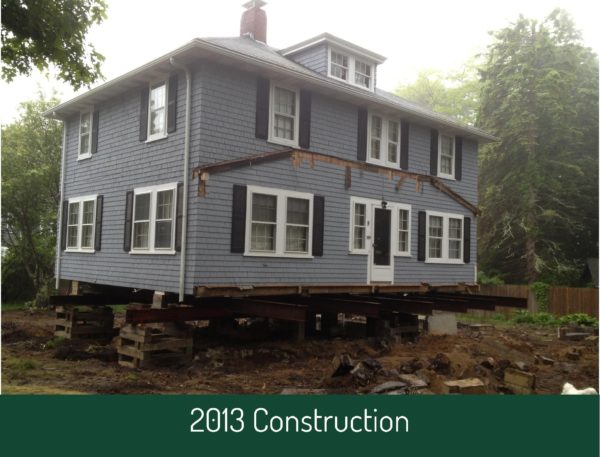 The house was lifted off of it’s foundation, porches removed and a new full height foundation was poured to allow for the finishing of the entire basement area. This portion of the project presented plenty of challenges but the homeowner once again saw value in making this home well suited for them so chose to move forward despite the complexity of the work. The new full height basement significantly increased the square footage of the home and added an additional bathroom, kitchenette and recreational space that the entire family could make use of.
The house was lifted off of it’s foundation, porches removed and a new full height foundation was poured to allow for the finishing of the entire basement area. This portion of the project presented plenty of challenges but the homeowner once again saw value in making this home well suited for them so chose to move forward despite the complexity of the work. The new full height basement significantly increased the square footage of the home and added an additional bathroom, kitchenette and recreational space that the entire family could make use of. In 2016 a small underutilized detached garage on the property was demolished and a new 2 car garage with recreational space above was built in it’s place. The garage is perfect additional entertainment area for the countless family visitors that frequented the property throughout the summer months. Aesthetics of the property were significantly enhanced with exterior finishes to match the newly remodeled main home.
In 2016 a small underutilized detached garage on the property was demolished and a new 2 car garage with recreational space above was built in it’s place. The garage is perfect additional entertainment area for the countless family visitors that frequented the property throughout the summer months. Aesthetics of the property were significantly enhanced with exterior finishes to match the newly remodeled main home.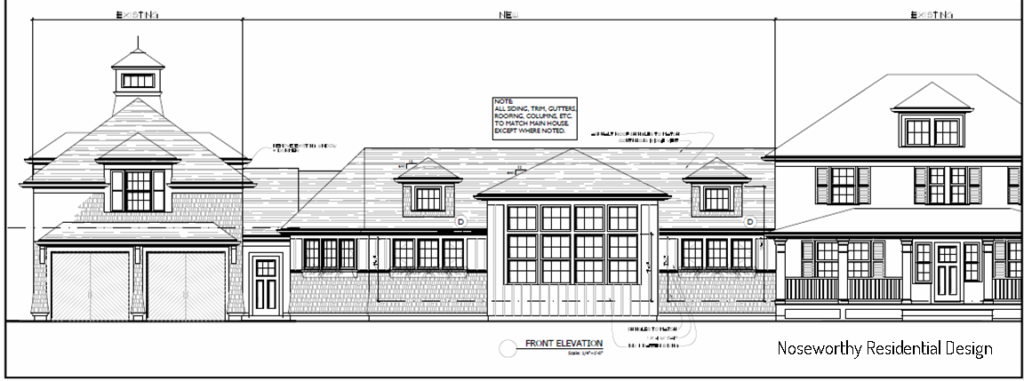
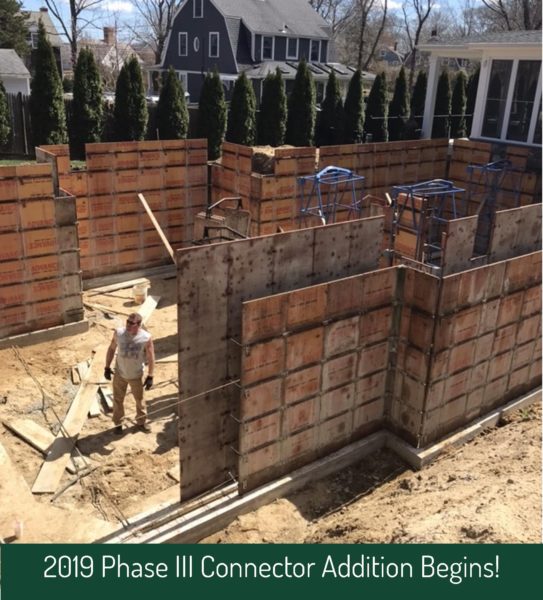

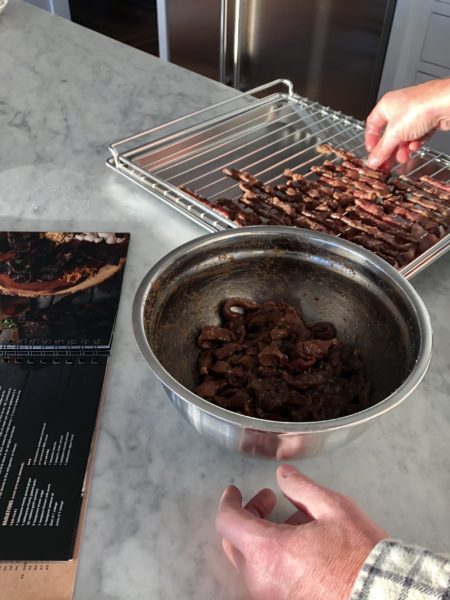 This tasty treat is one that was made by our very own Eric Thorson but comes courtesy of the Wolf’s
This tasty treat is one that was made by our very own Eric Thorson but comes courtesy of the Wolf’s 

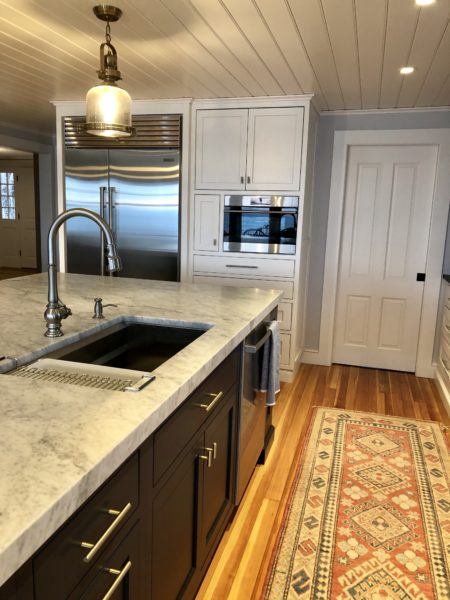
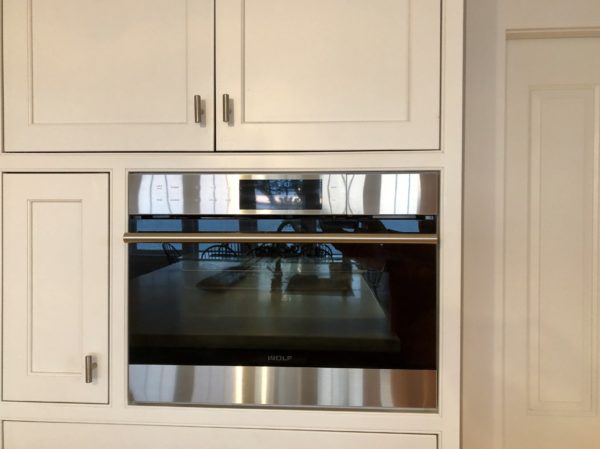
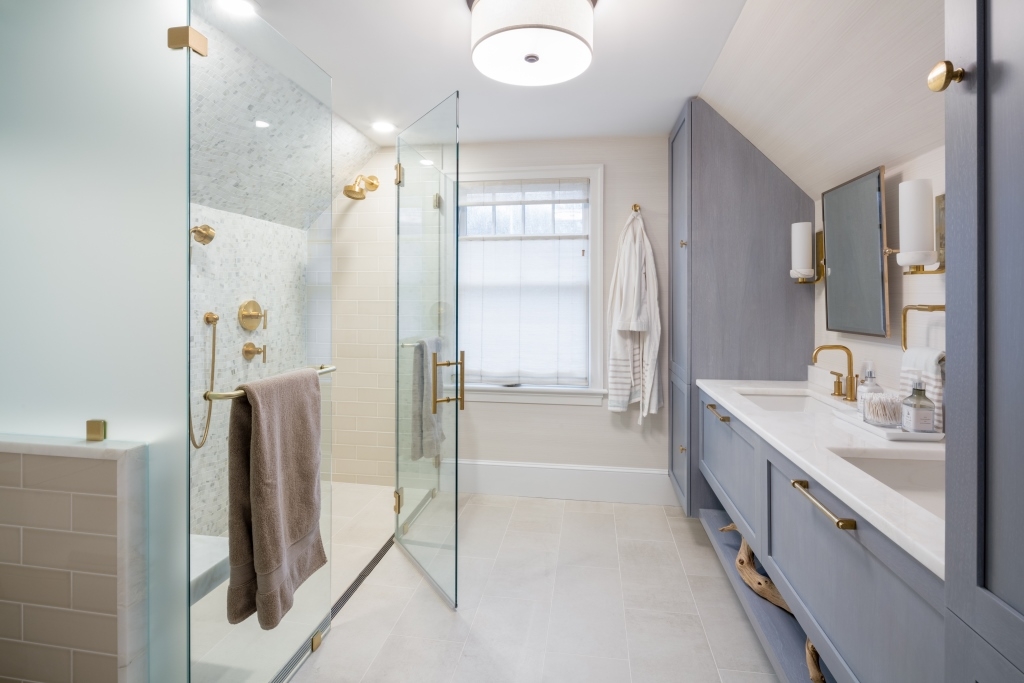
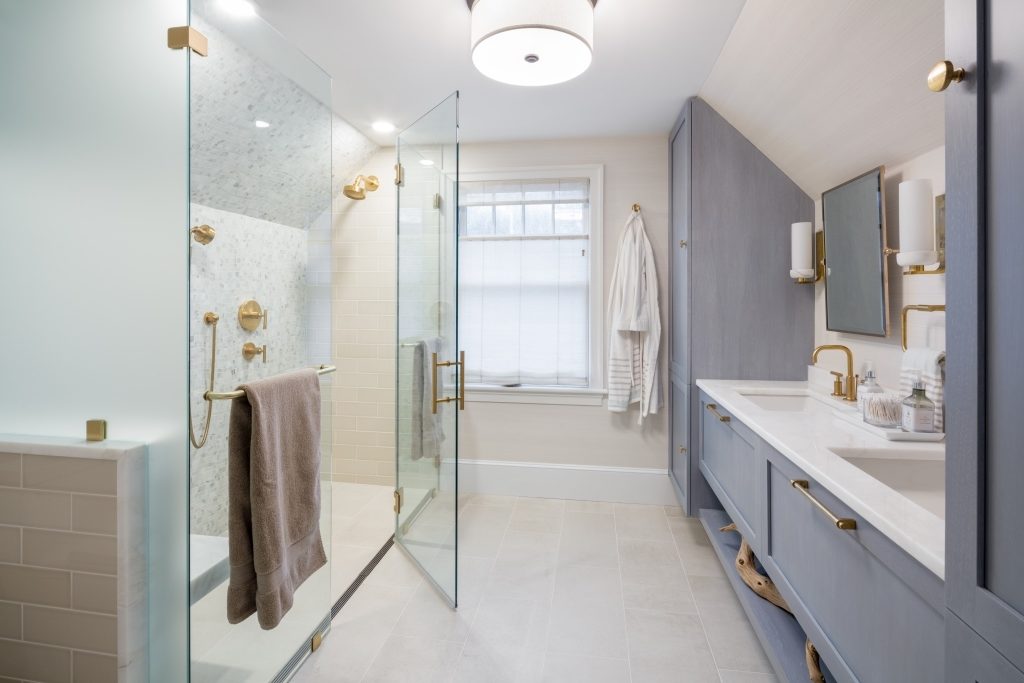



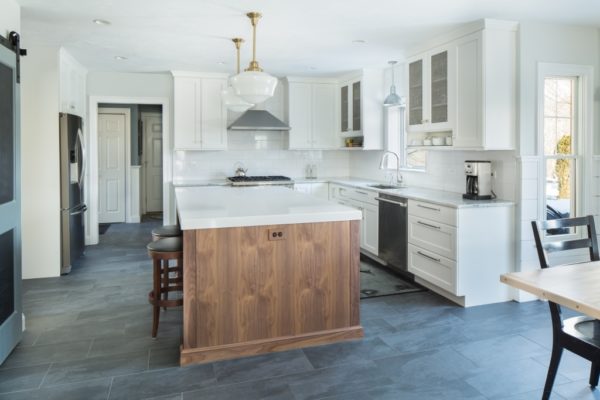 Picture this;
Picture this;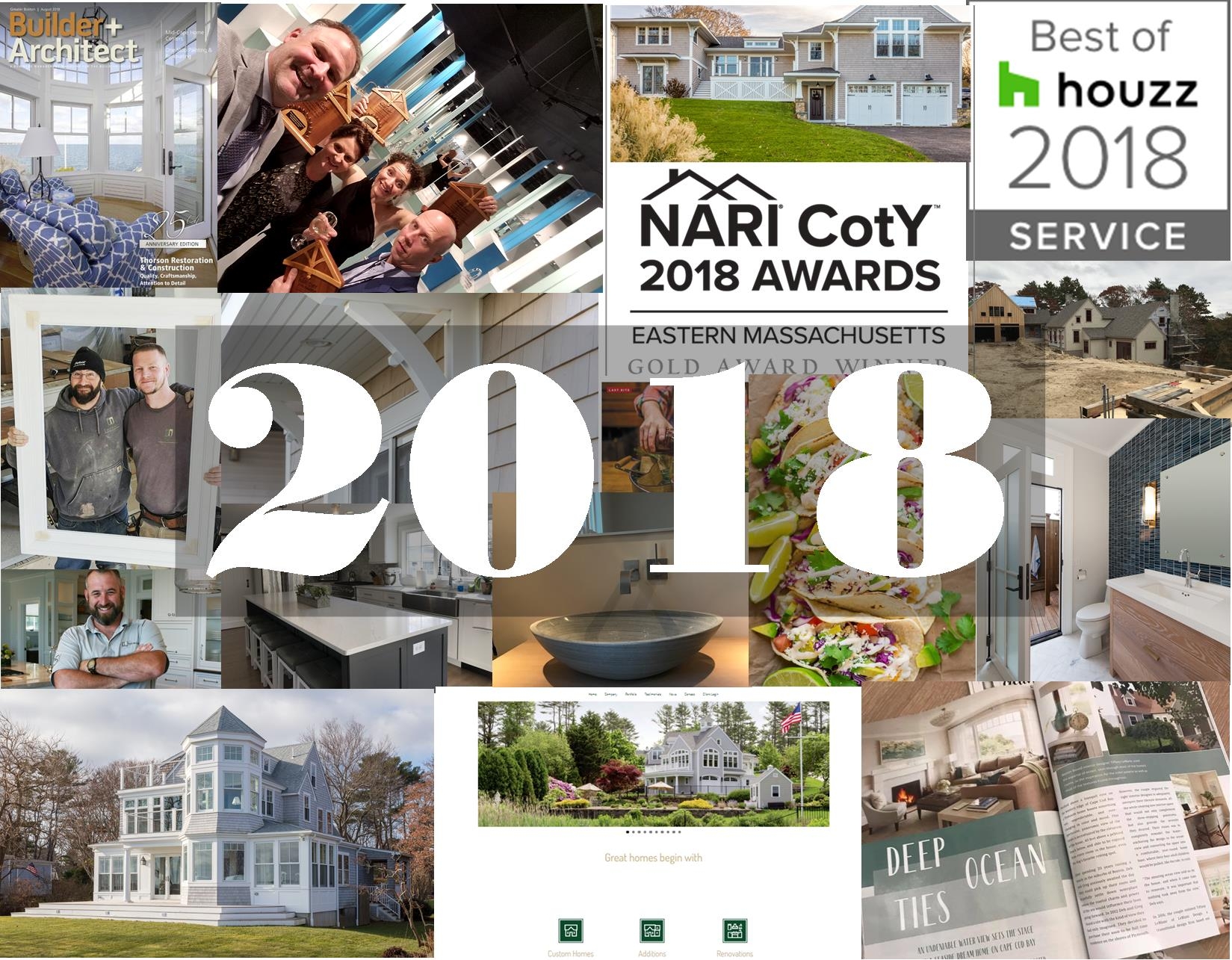

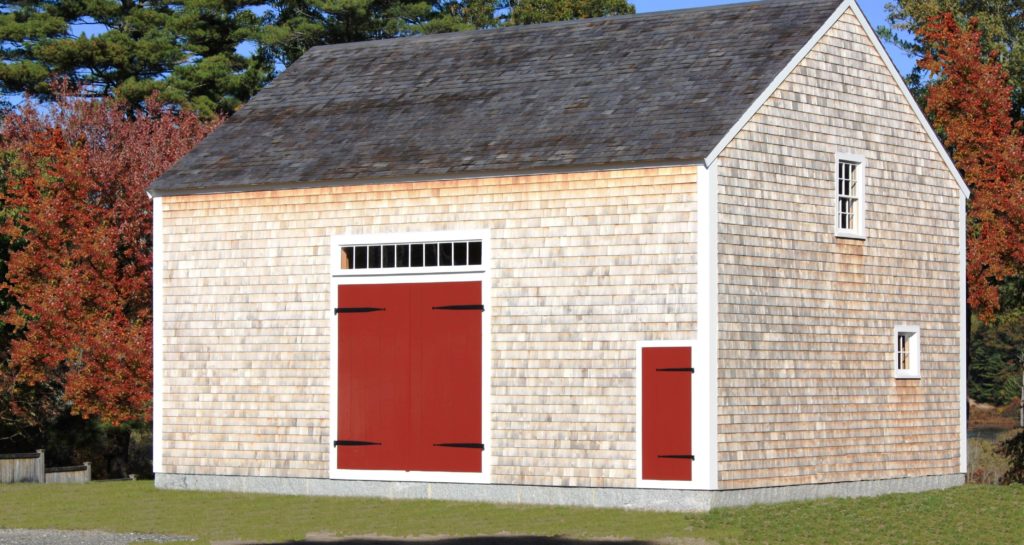 Barns are an intrinsic part of classic New England architecture and although they come in many forms, the majority of the ones that survived the colonial era into today were likely some form of timber frame construction. It’s estimated that timber frame construction has been utilized worldwide since approximately 200 B.C. and there’s no question about why it is still being used today. The method uses large scale beams that are shaped and connected with interlocking joinery & wooden pegs creating an immense amount of strength and durability while still allowing for a measure of flexibility. The result is a structure that can withstand whatever the New England weather patterns can dish out and when properly maintained, can last for generations.
Barns are an intrinsic part of classic New England architecture and although they come in many forms, the majority of the ones that survived the colonial era into today were likely some form of timber frame construction. It’s estimated that timber frame construction has been utilized worldwide since approximately 200 B.C. and there’s no question about why it is still being used today. The method uses large scale beams that are shaped and connected with interlocking joinery & wooden pegs creating an immense amount of strength and durability while still allowing for a measure of flexibility. The result is a structure that can withstand whatever the New England weather patterns can dish out and when properly maintained, can last for generations.